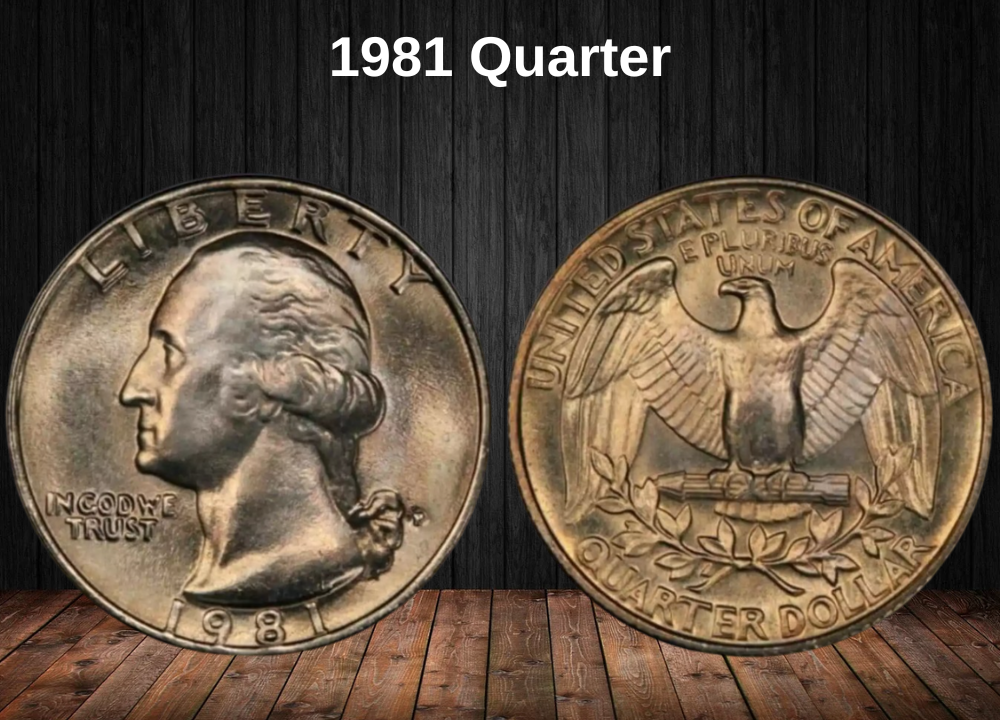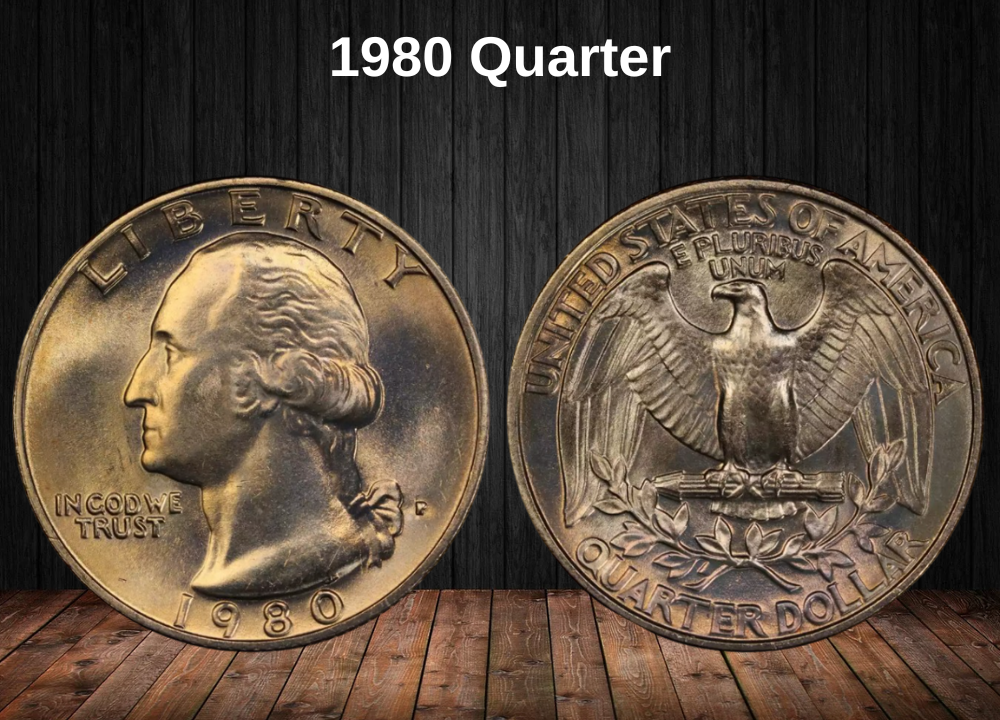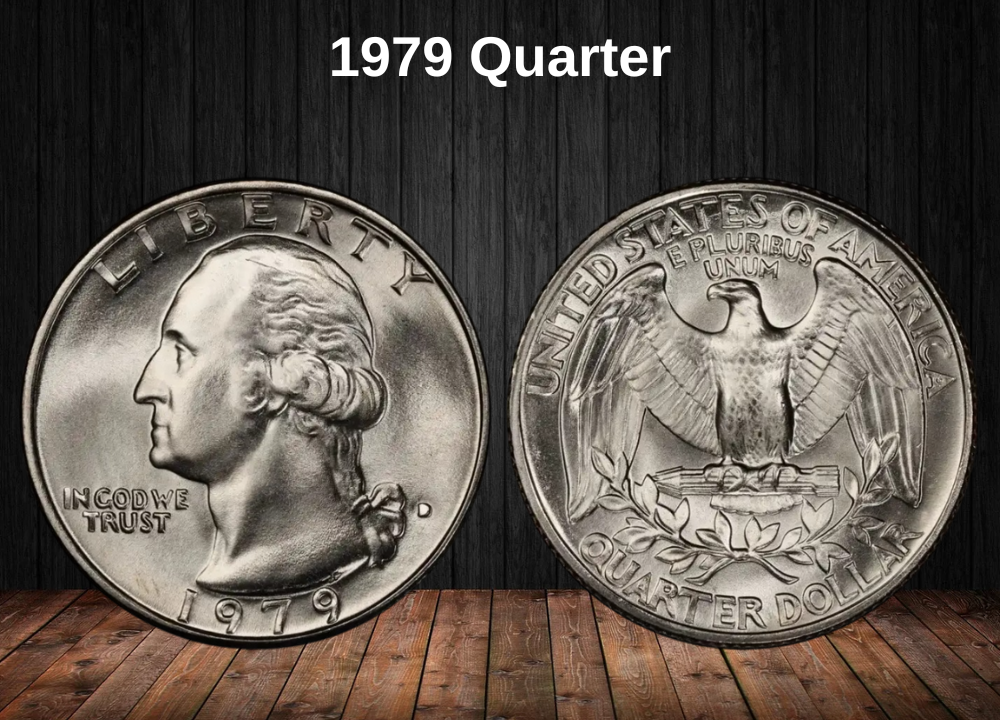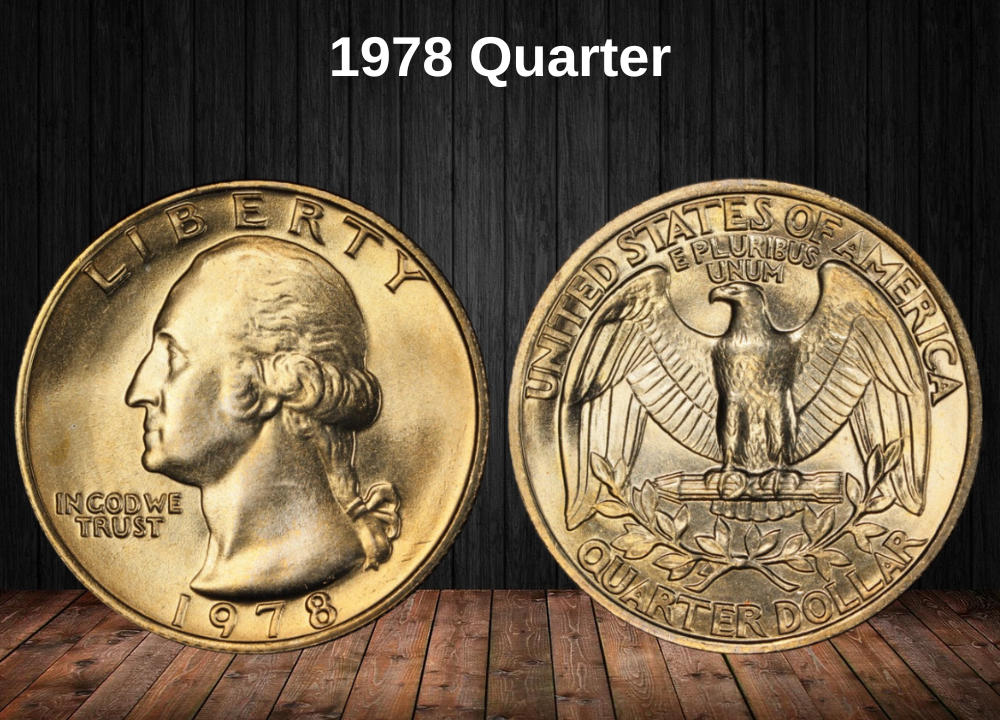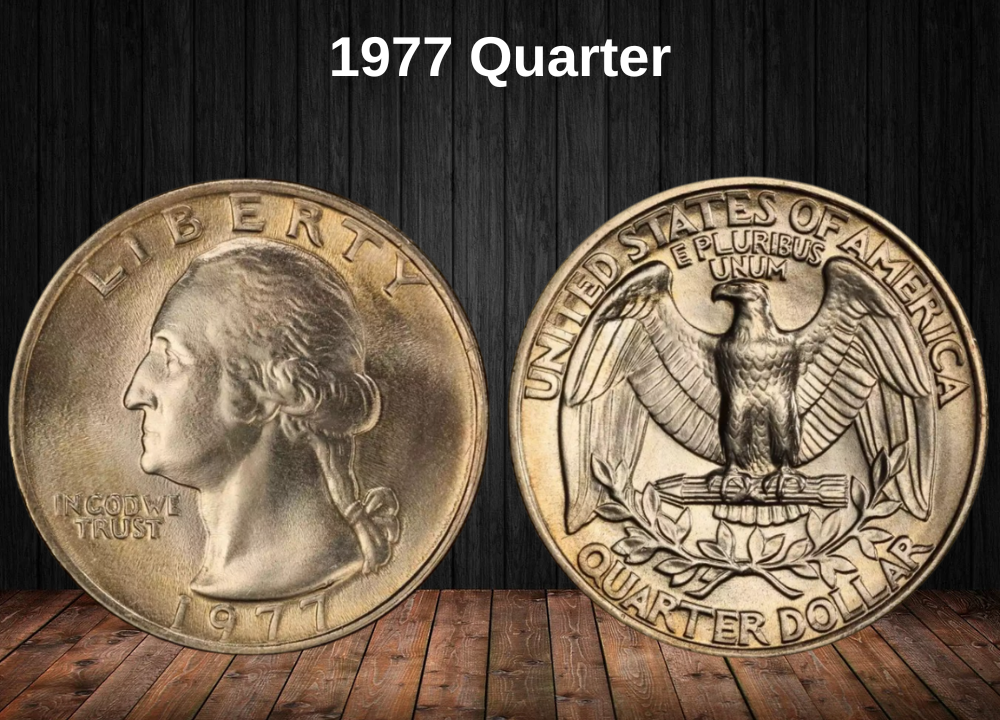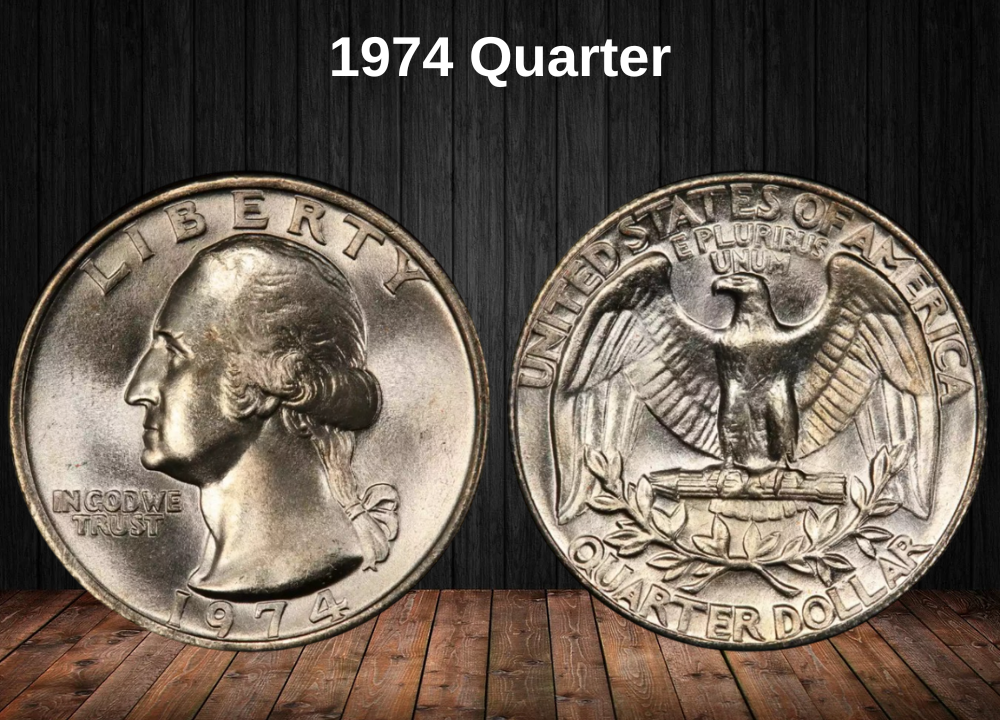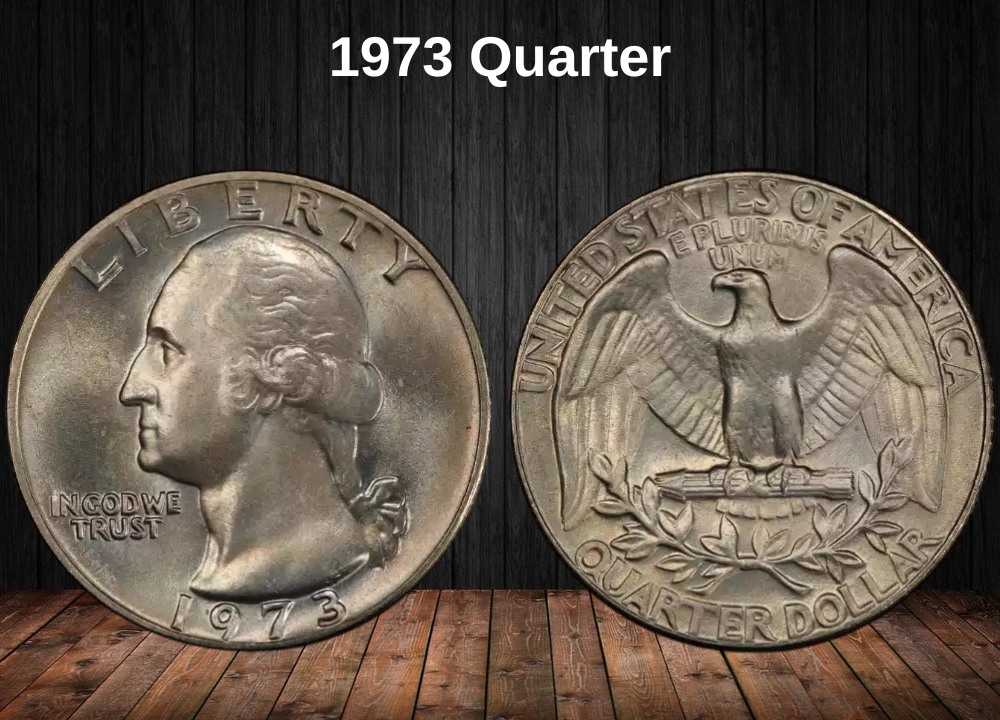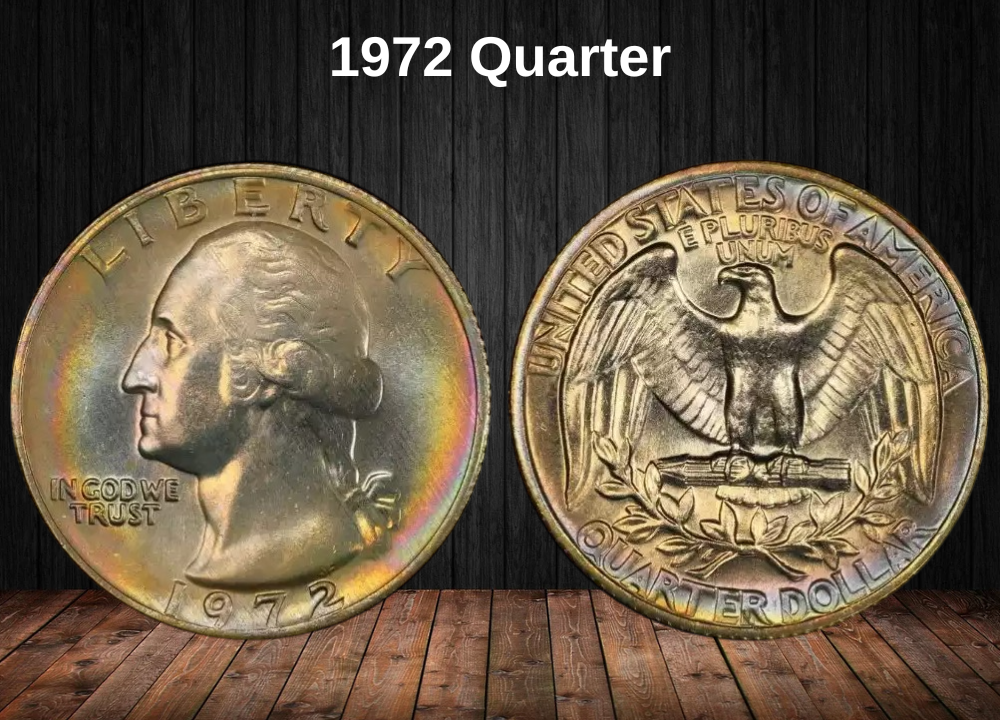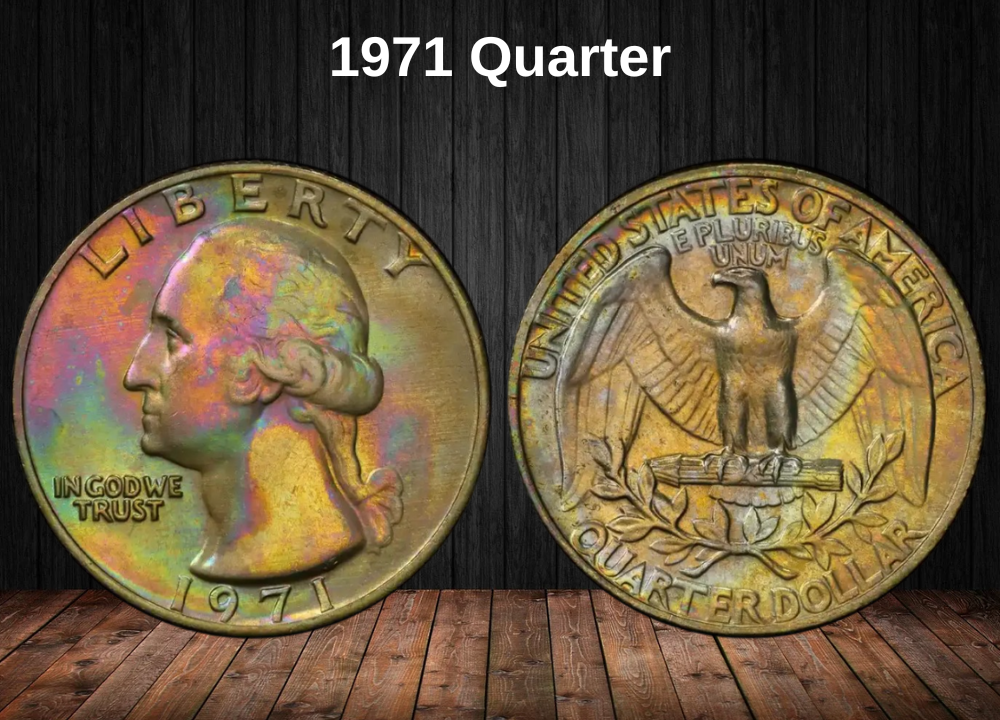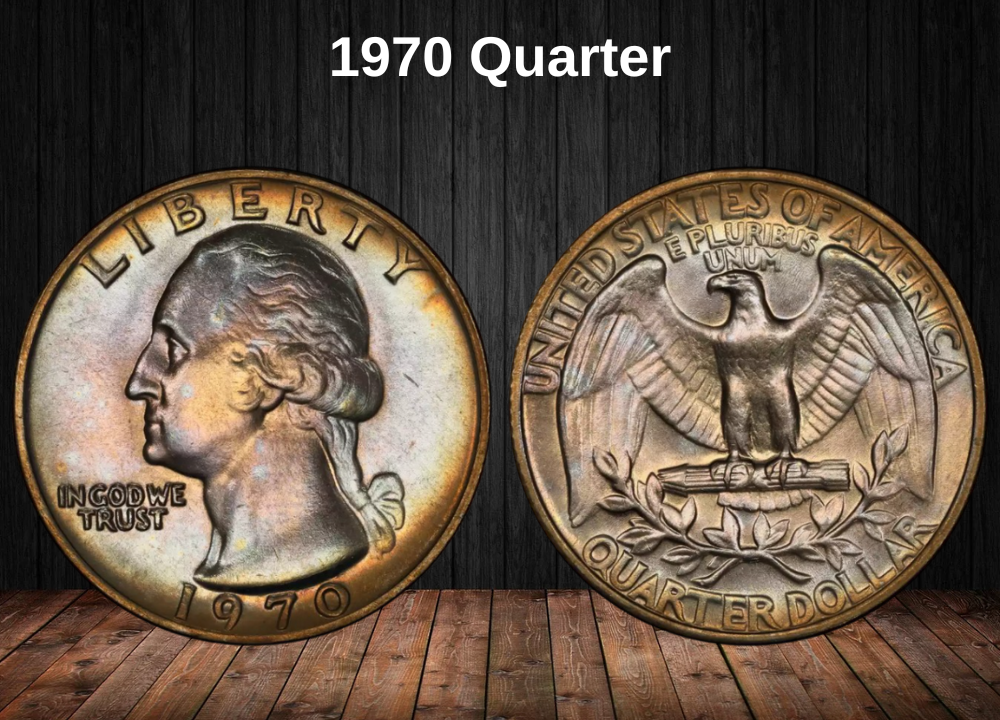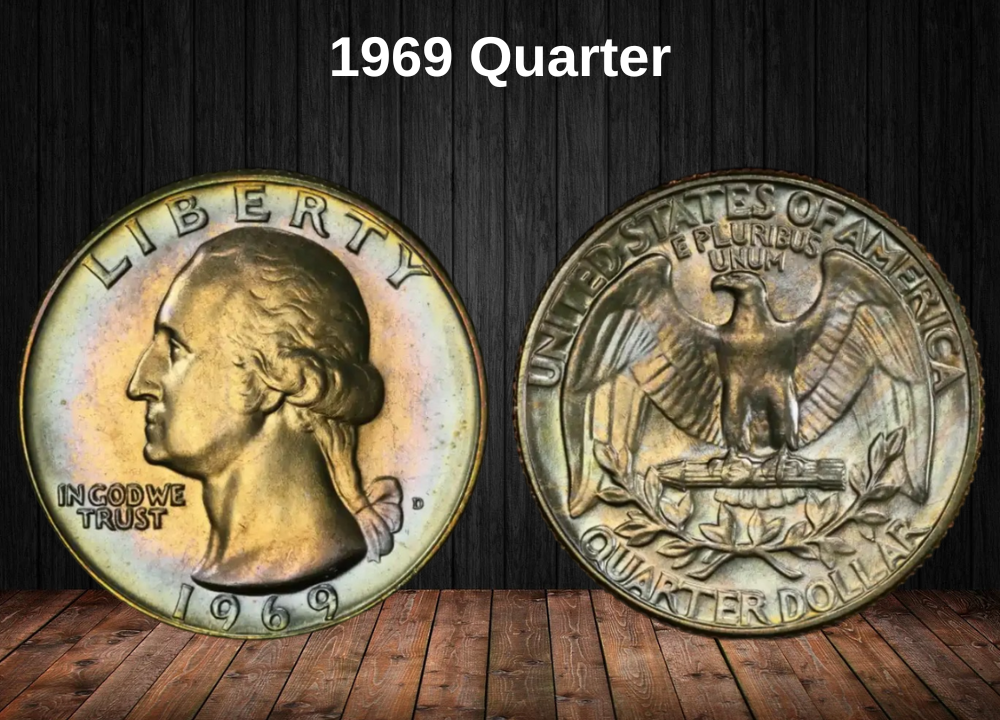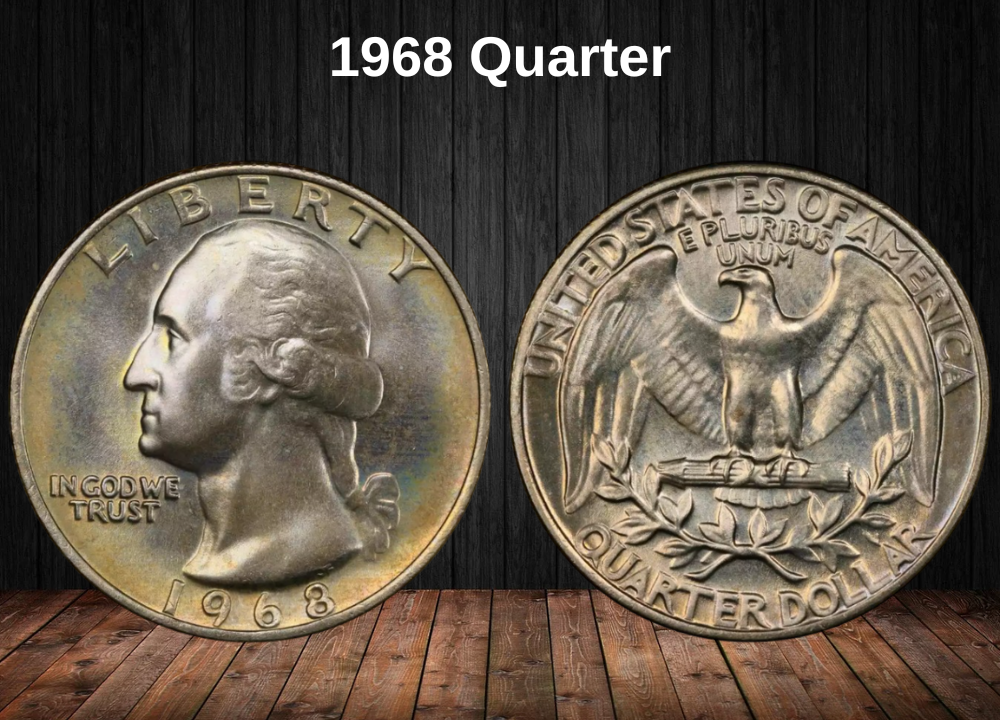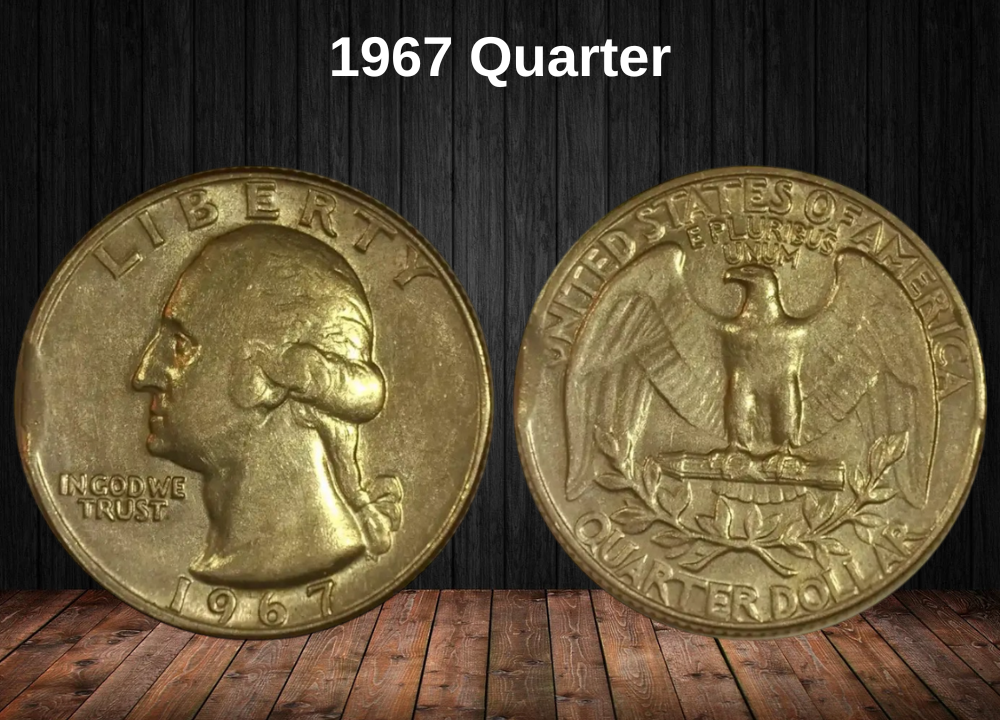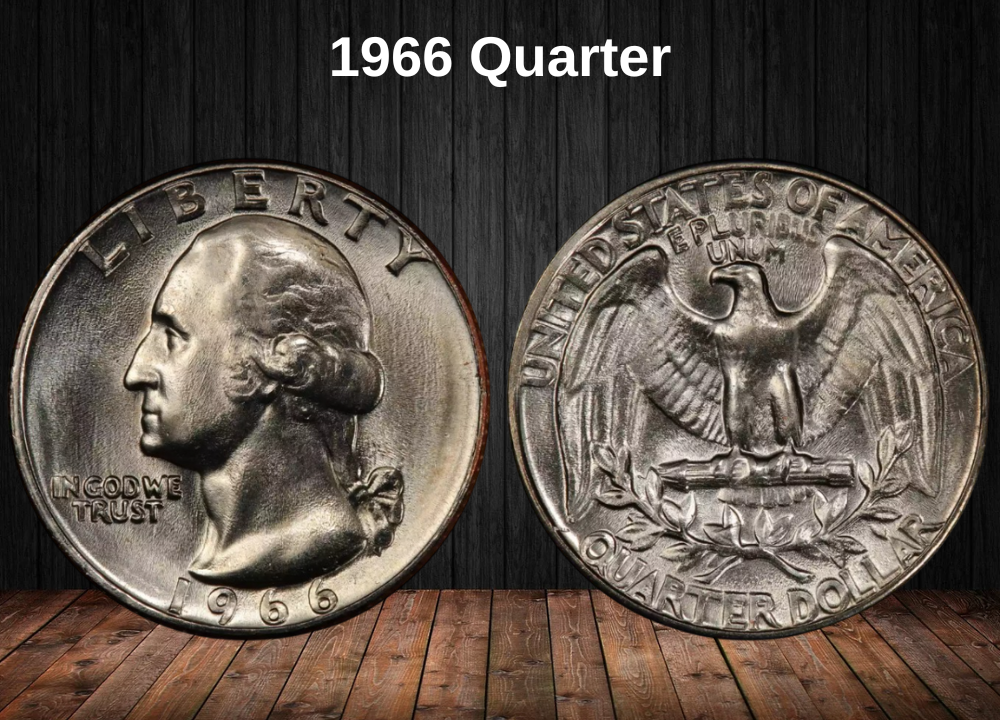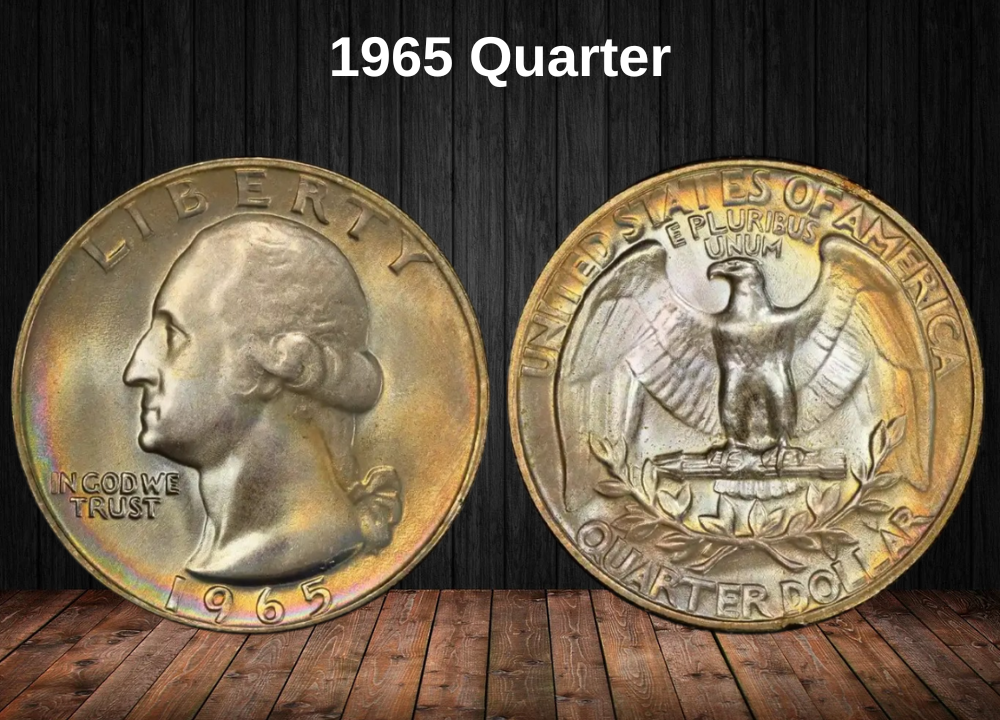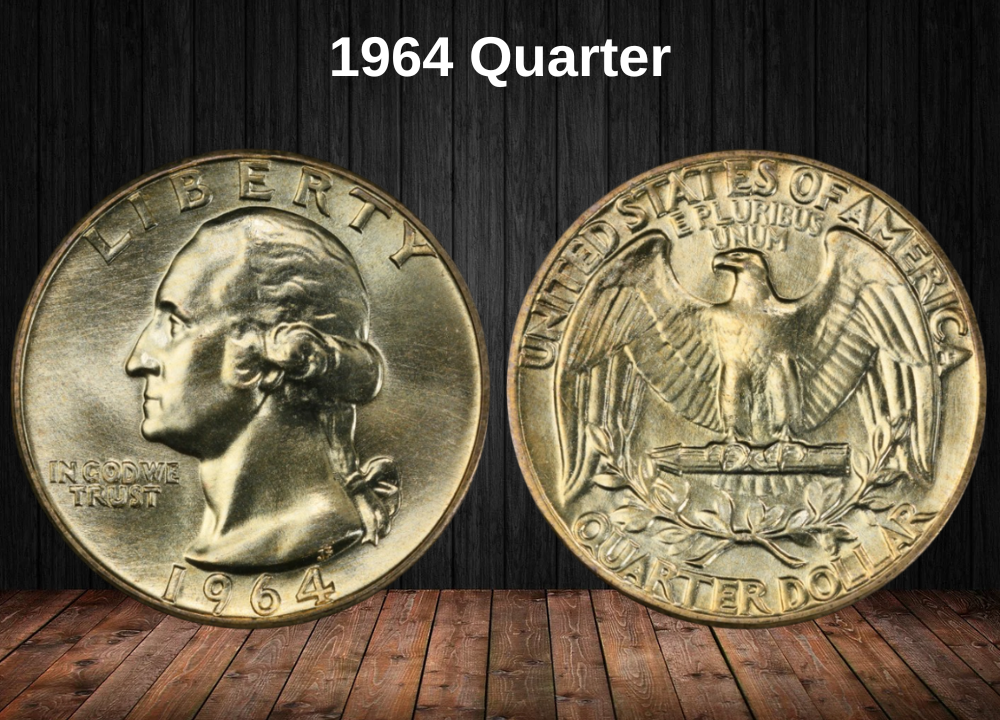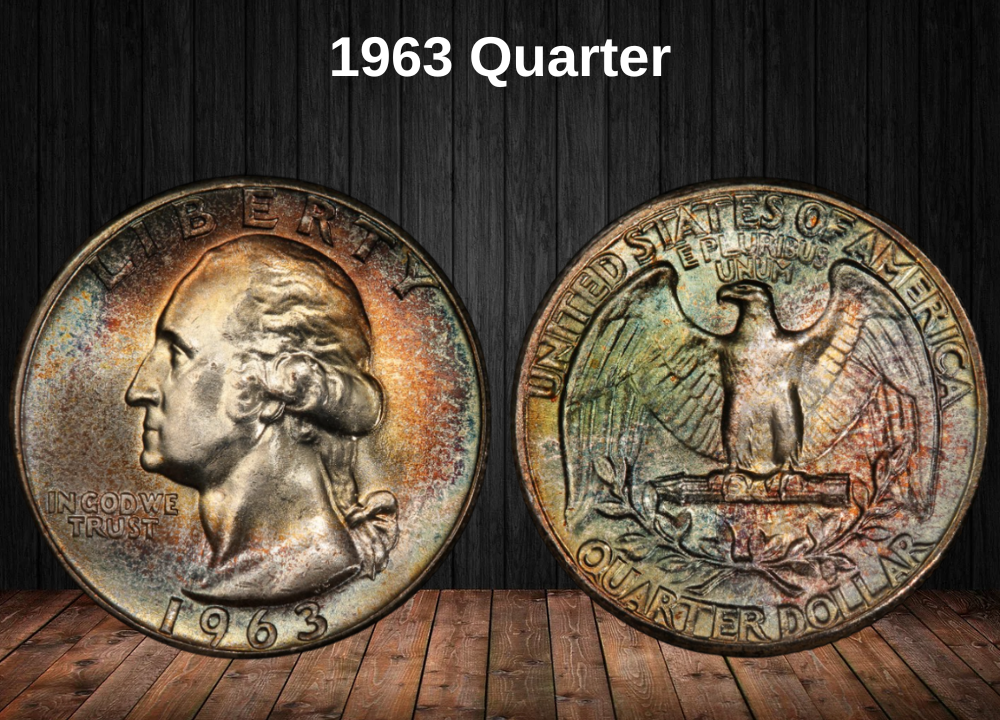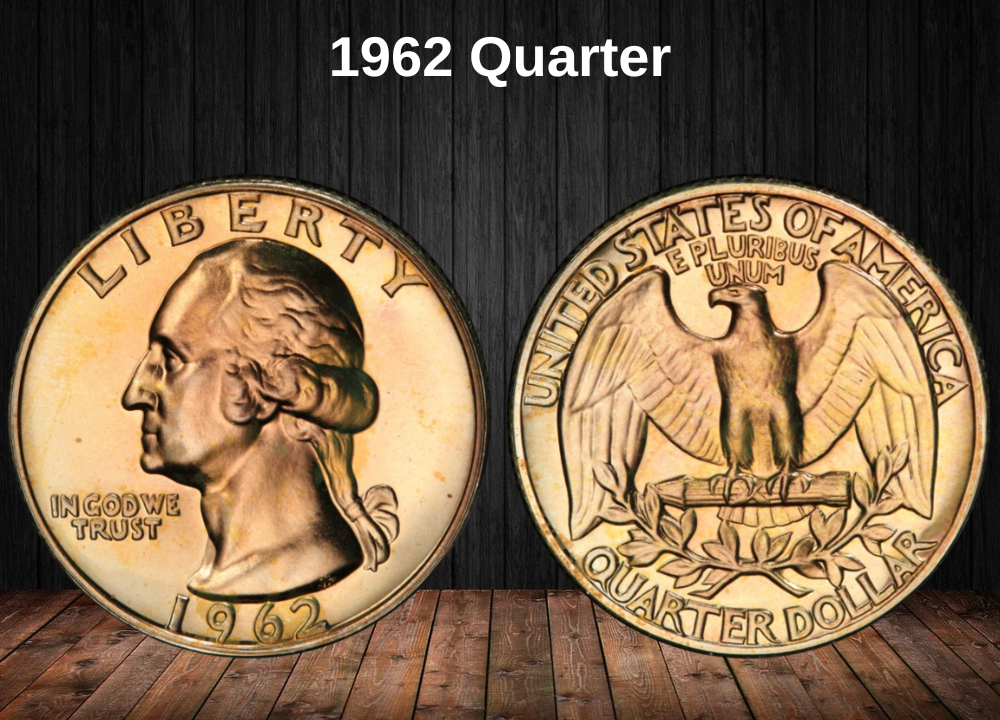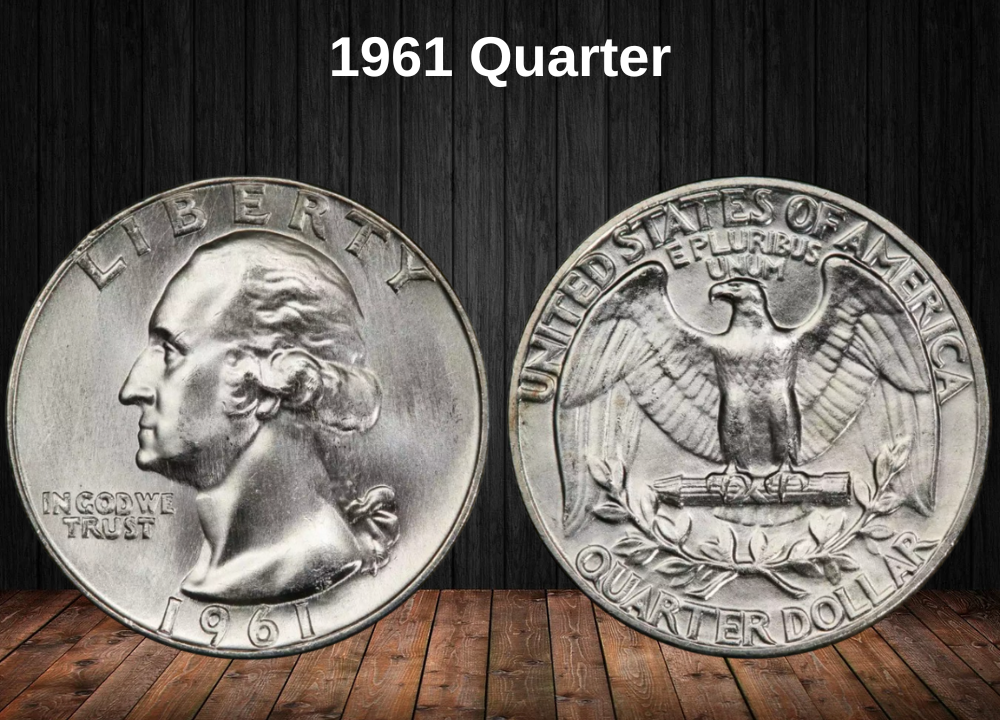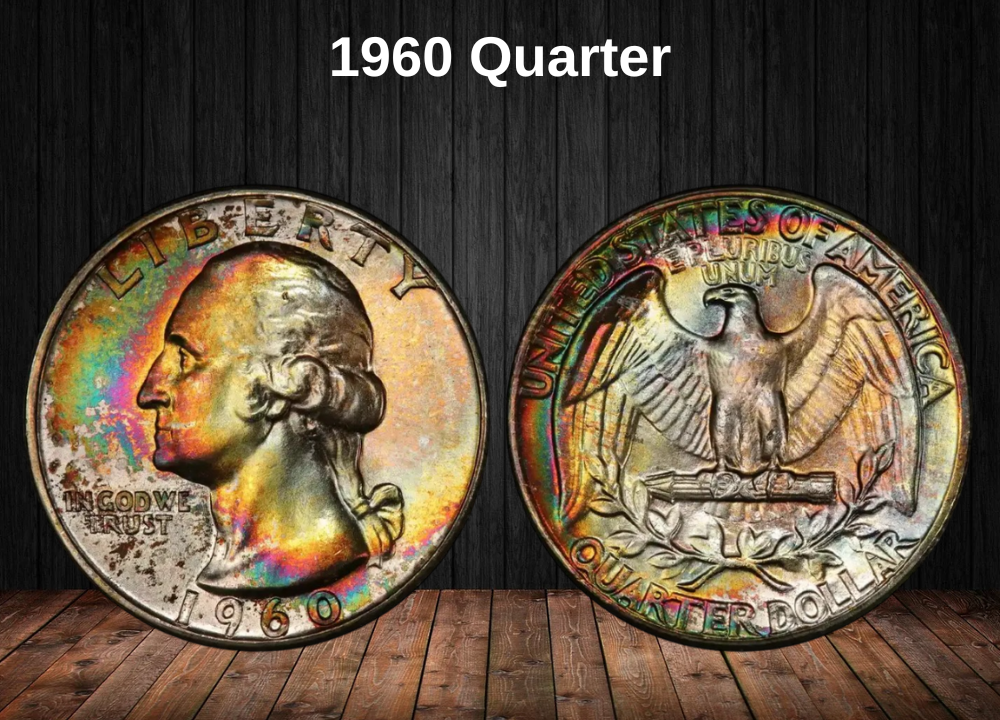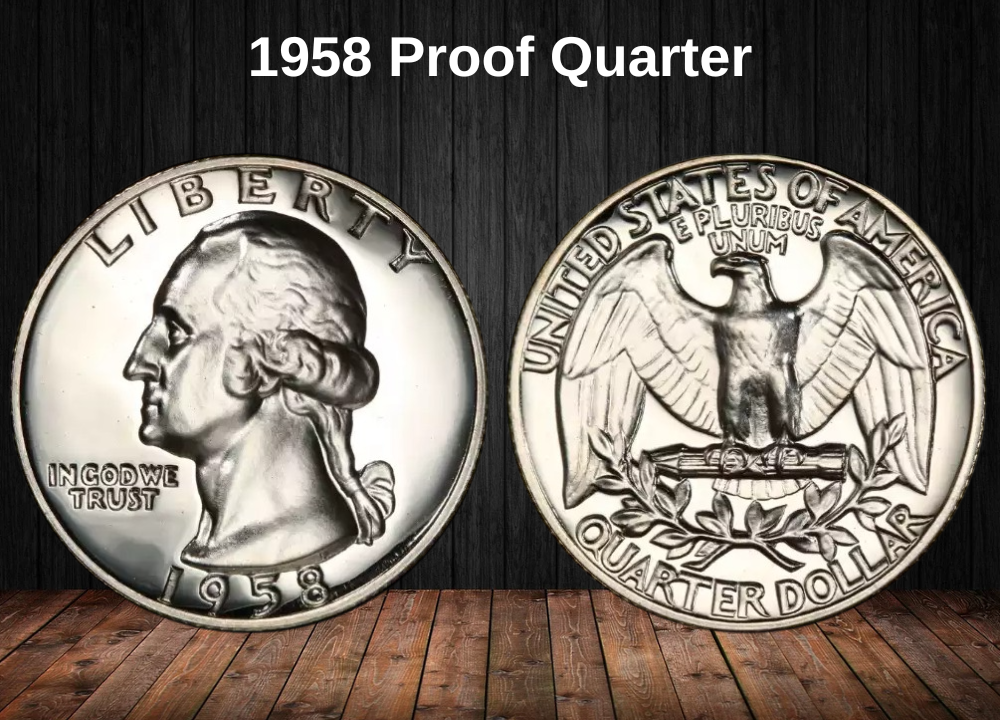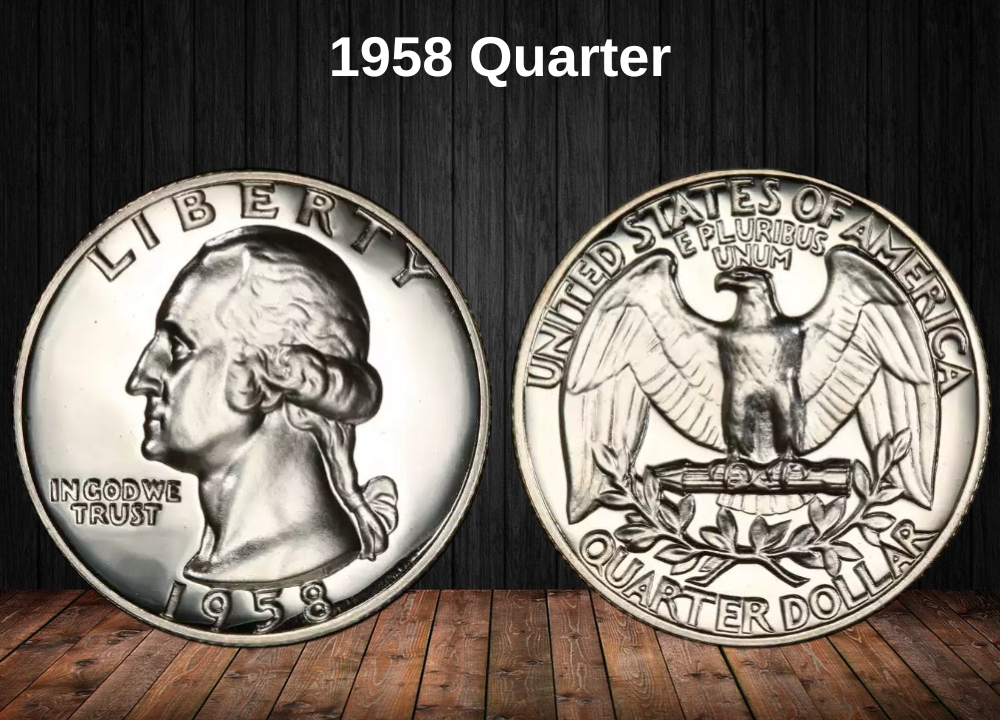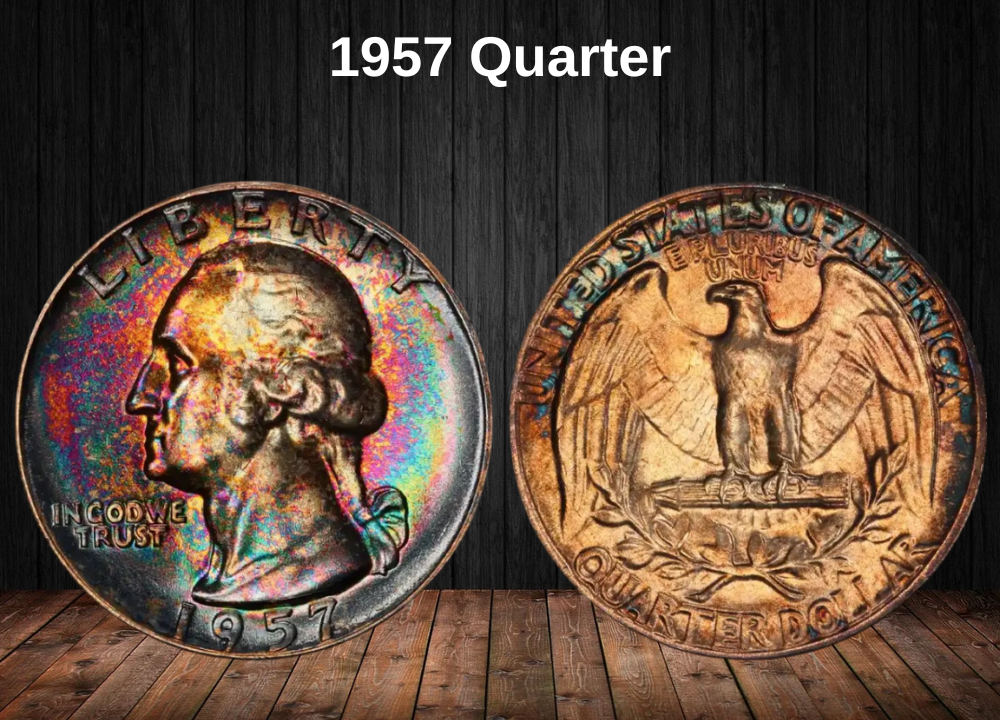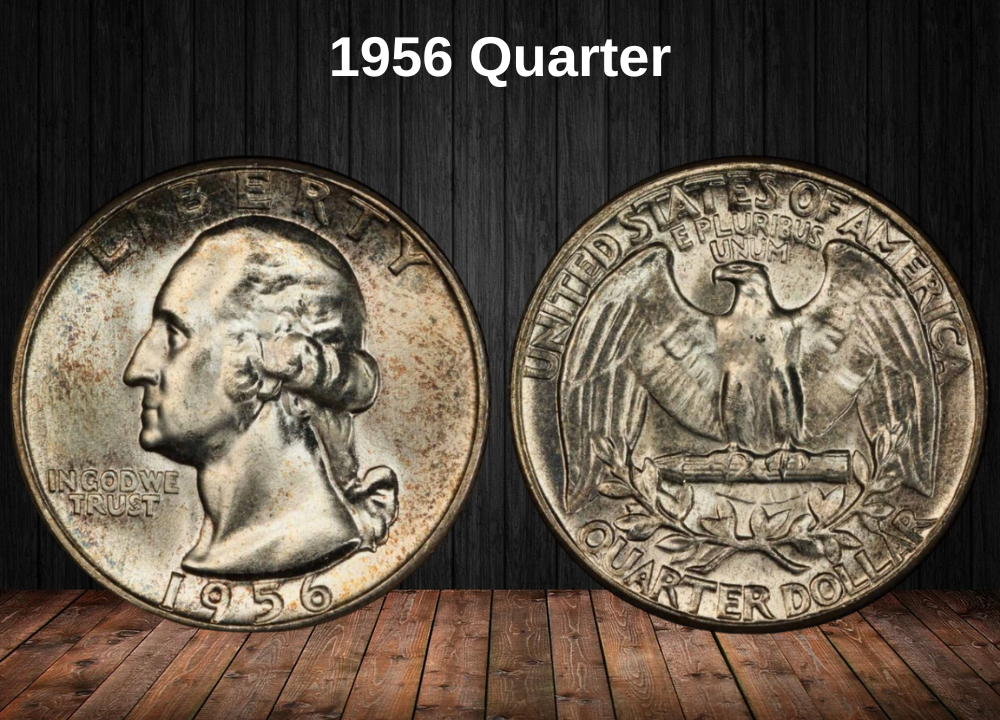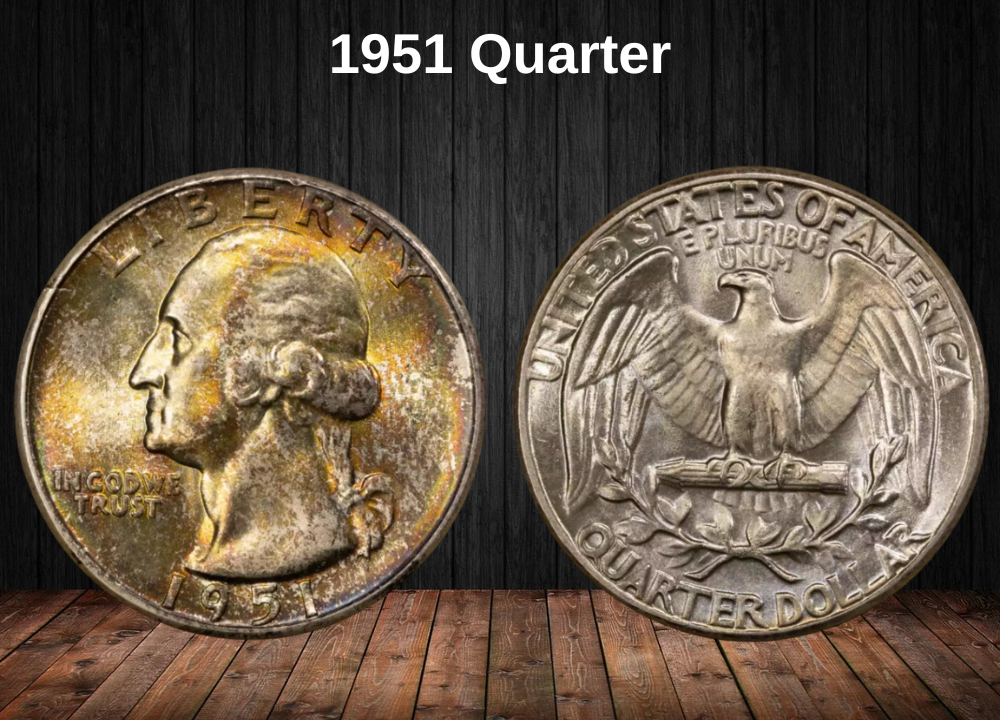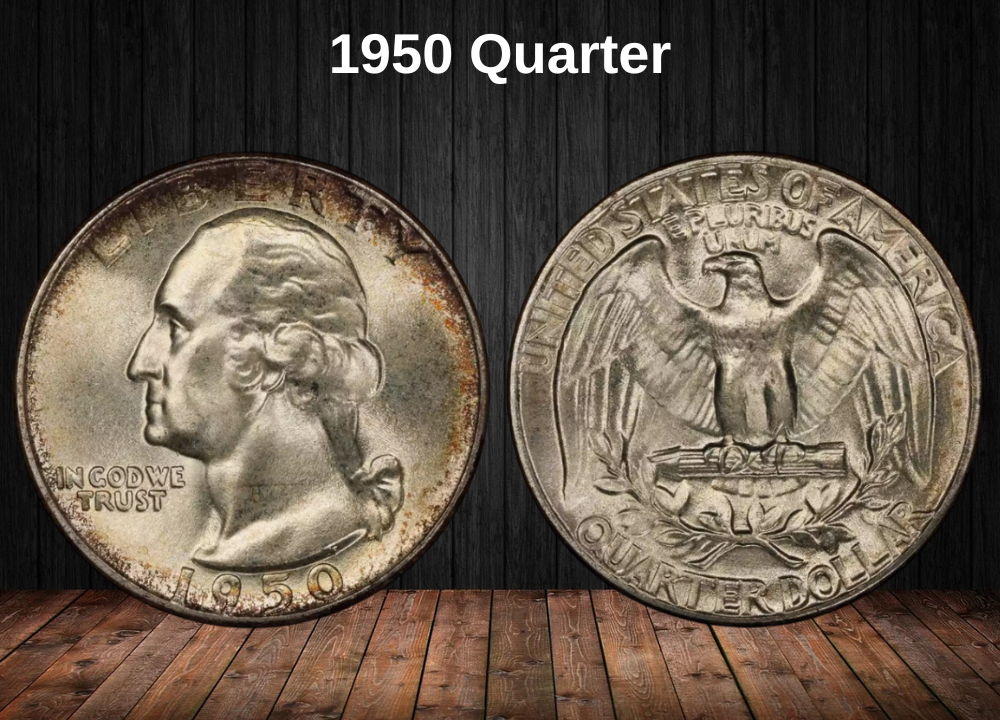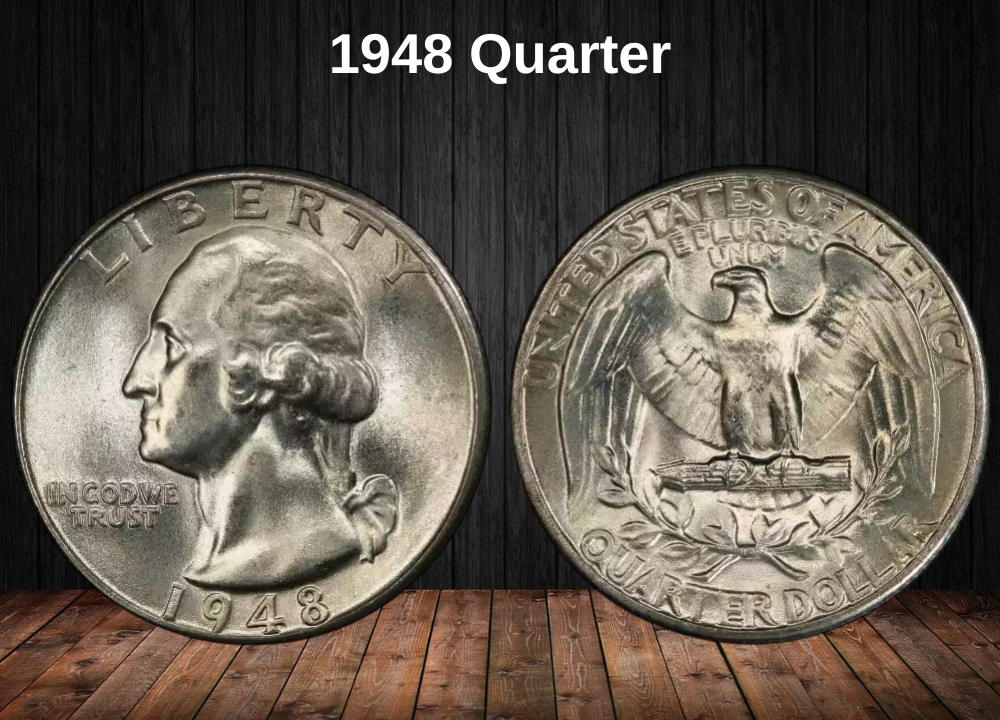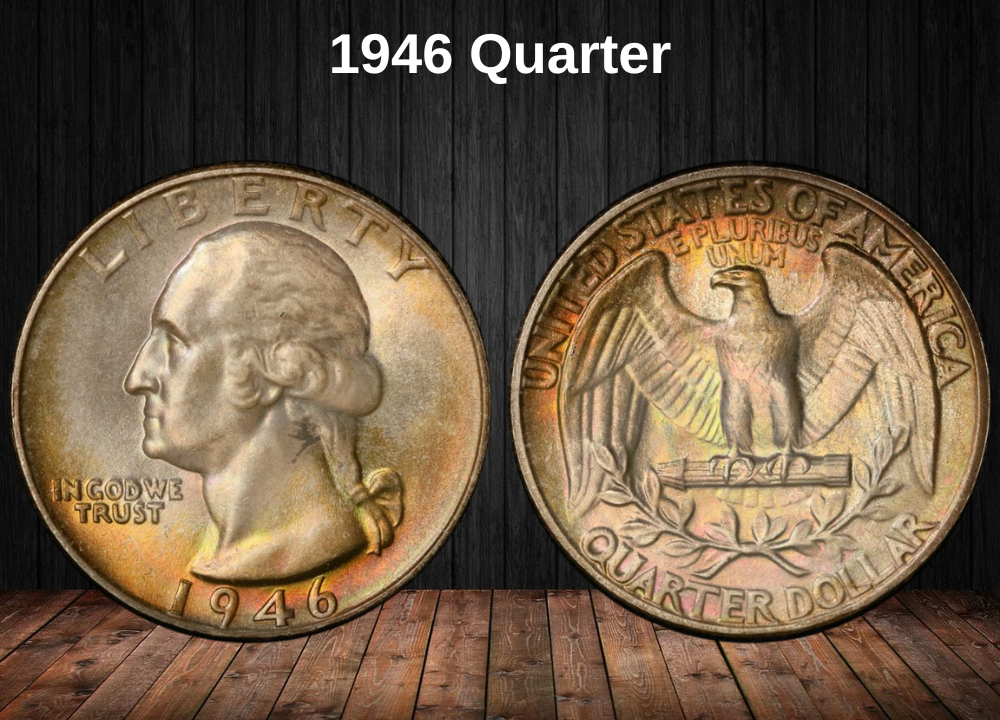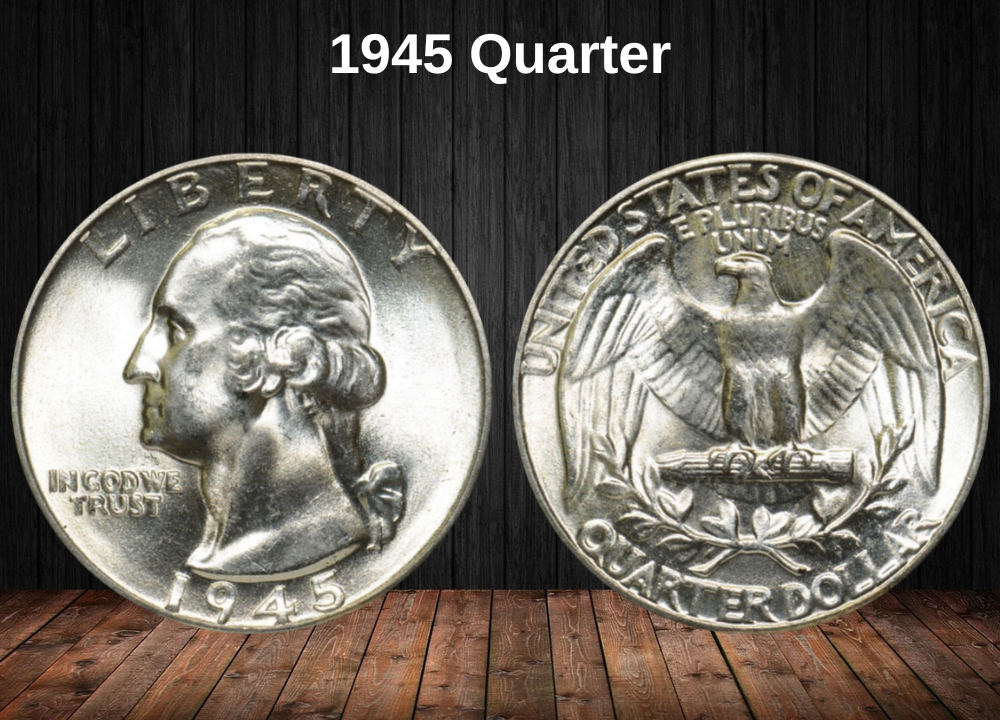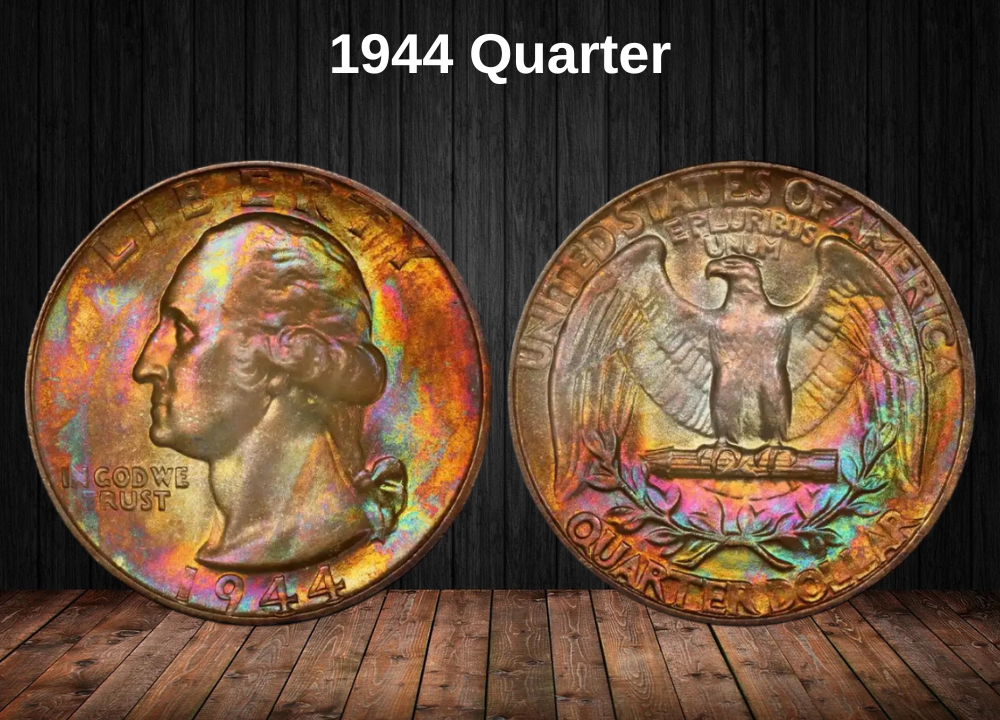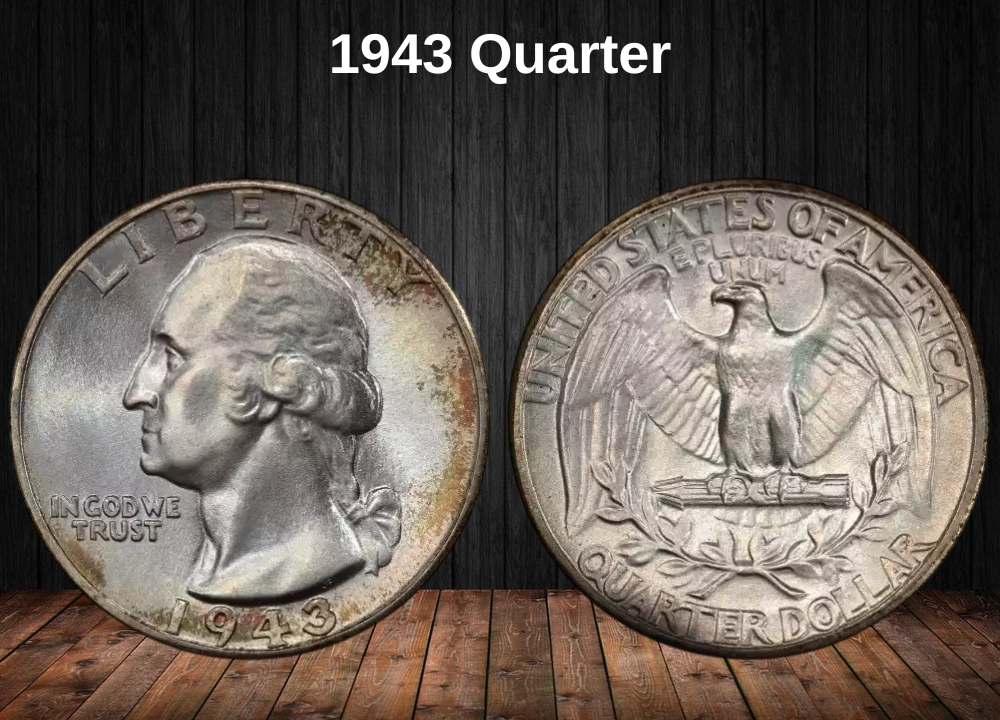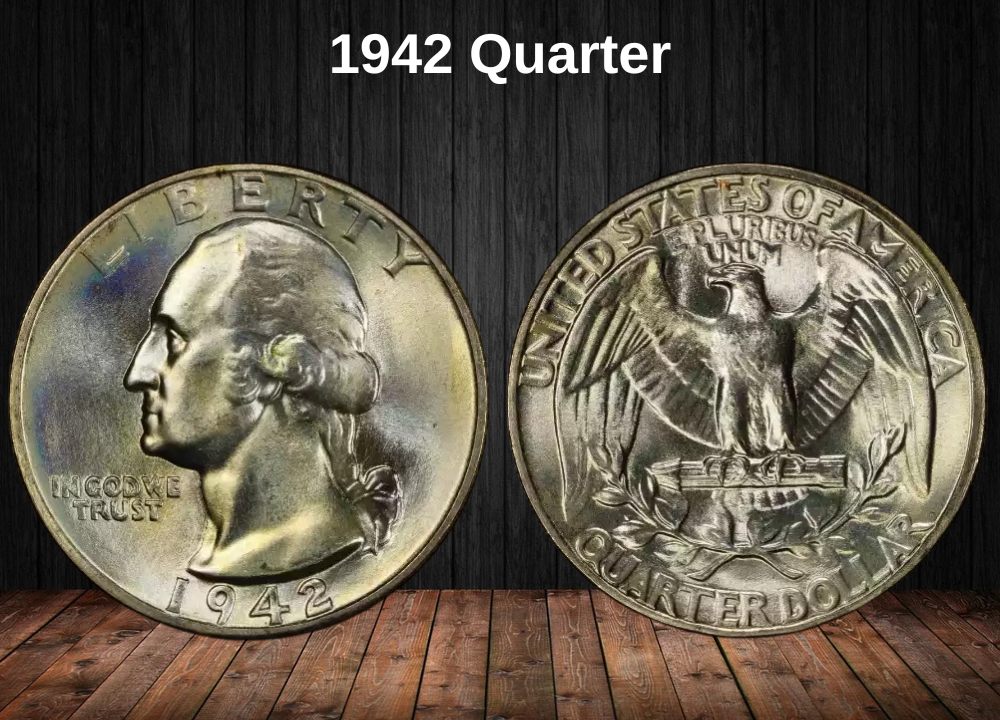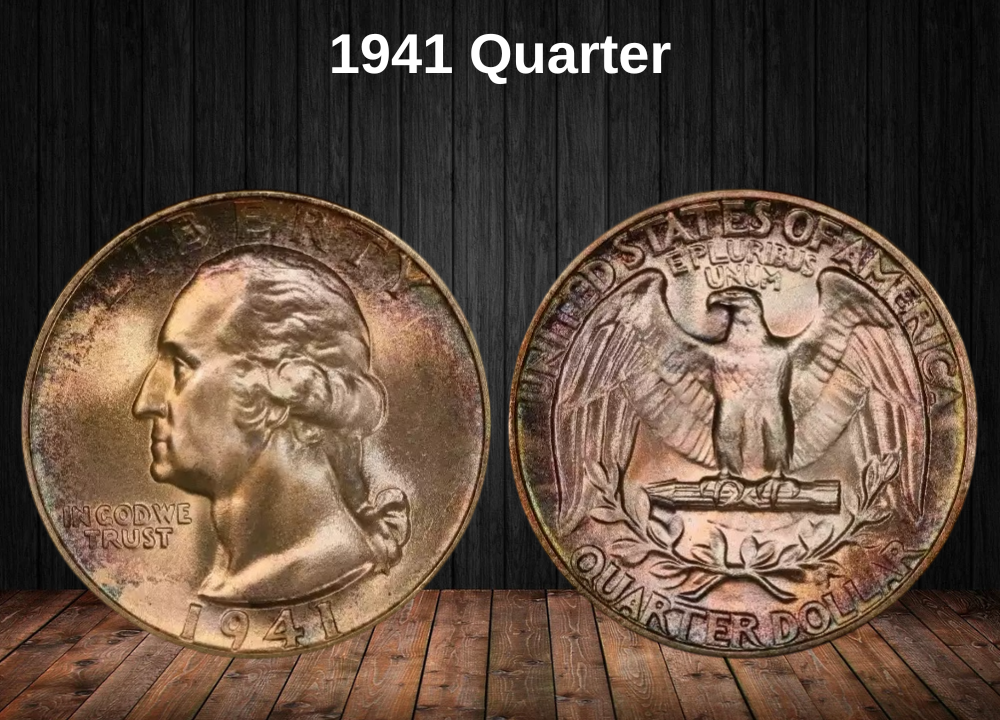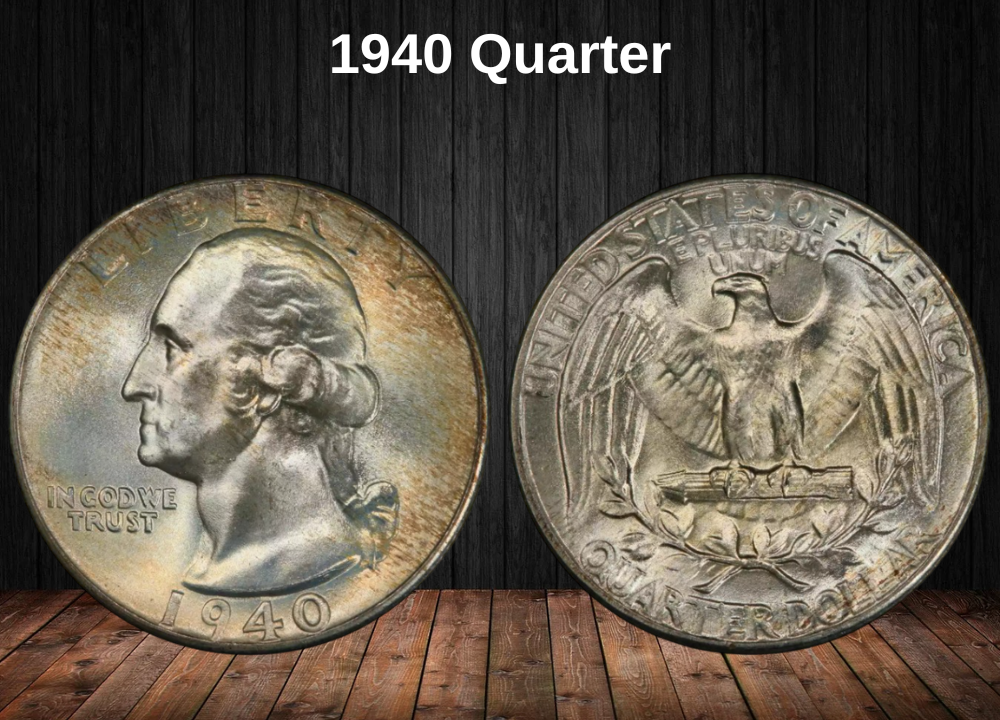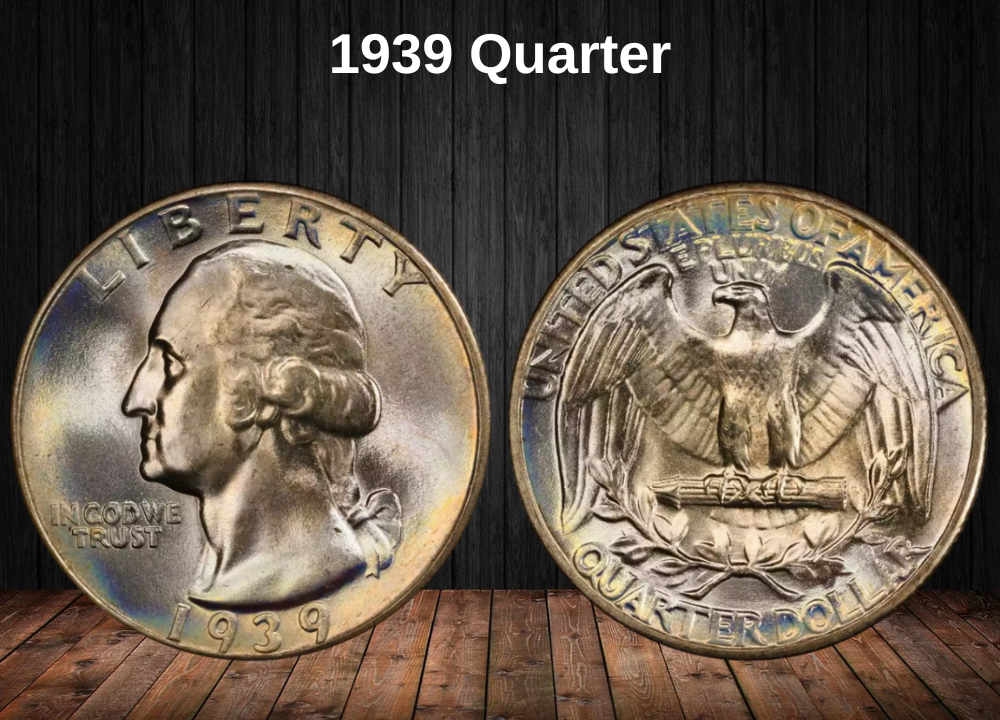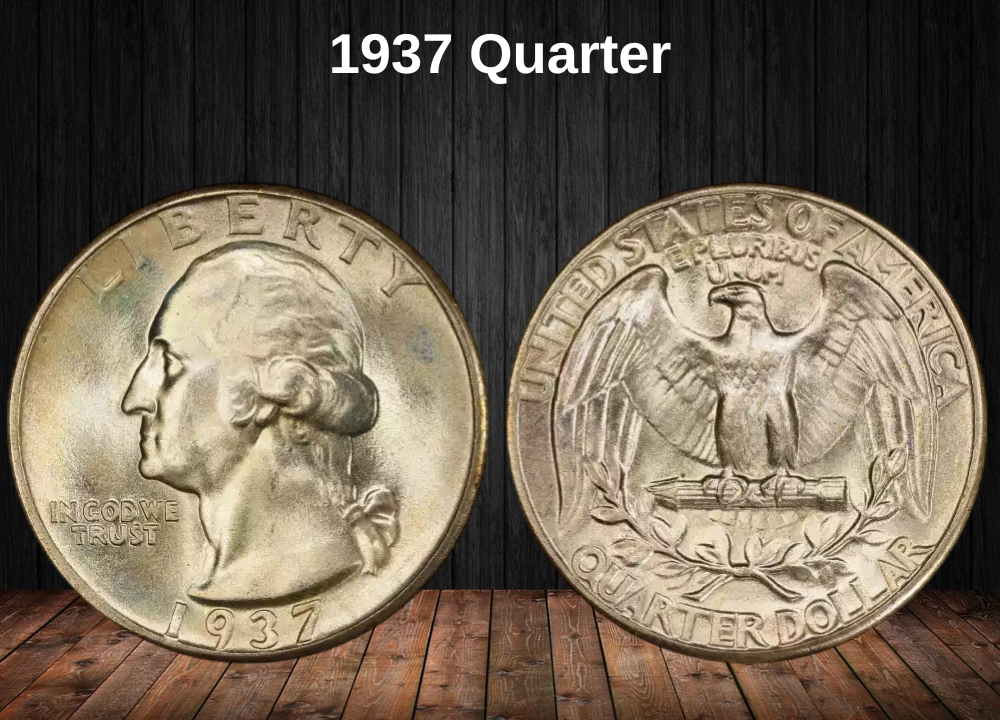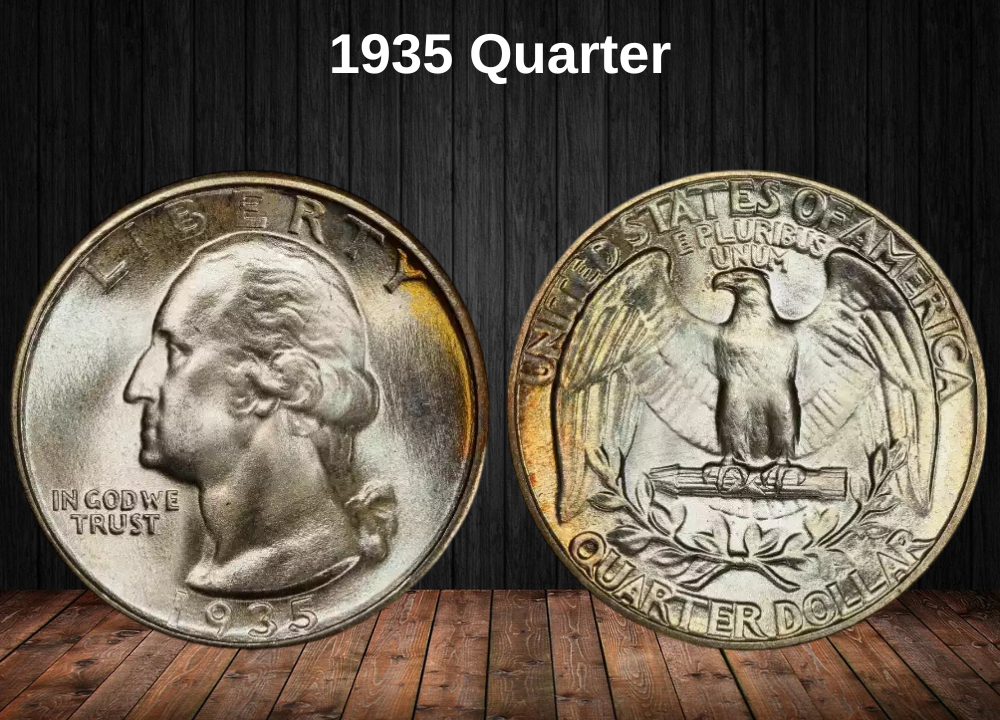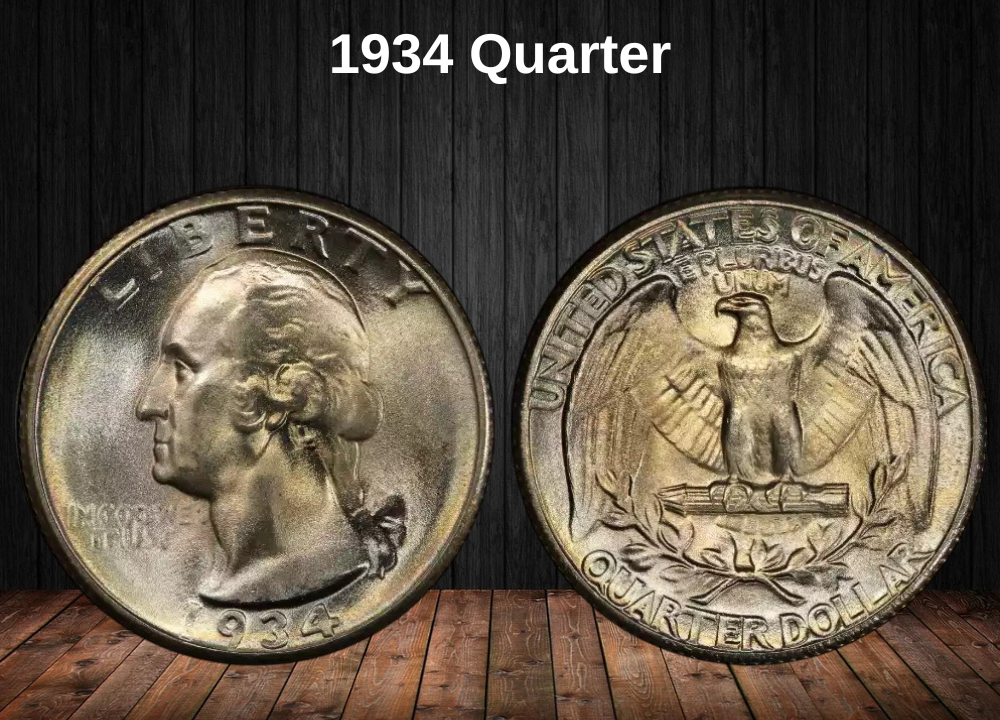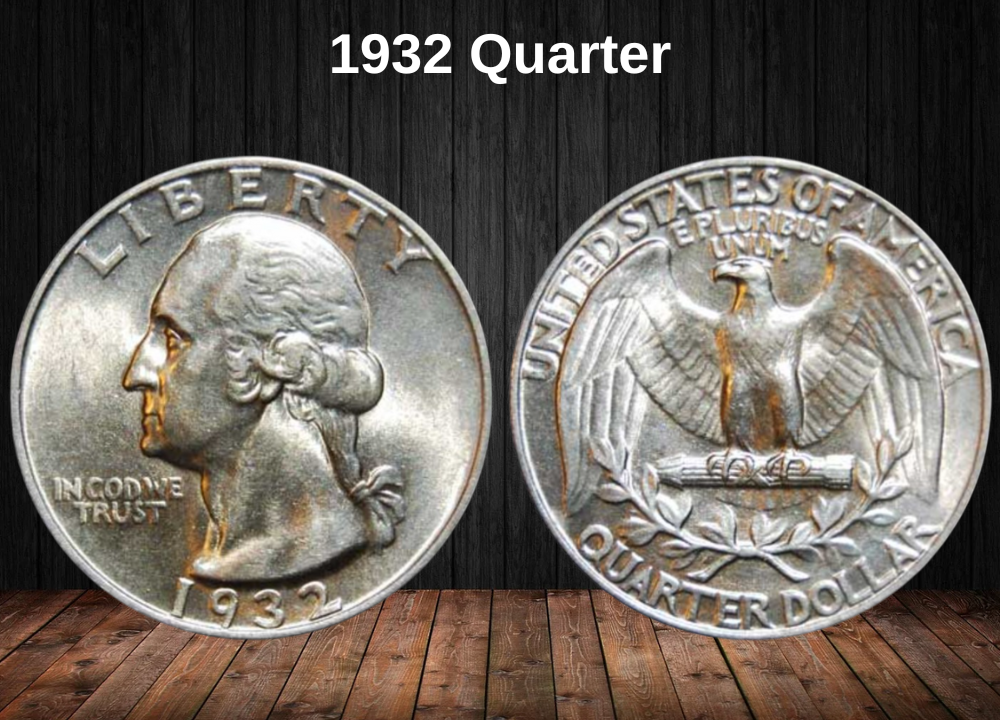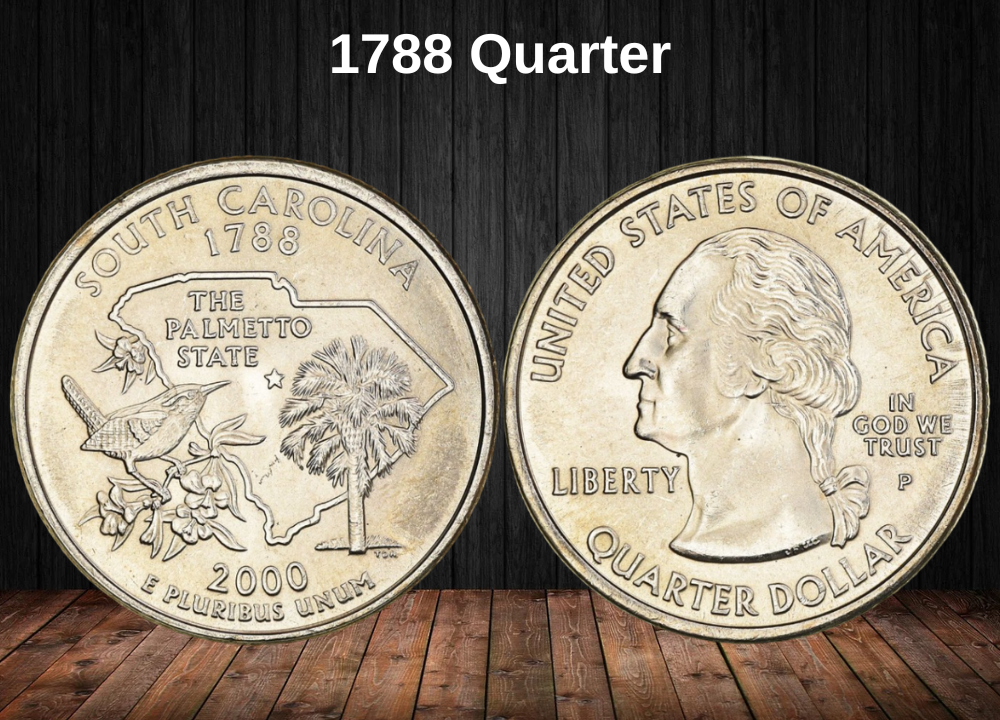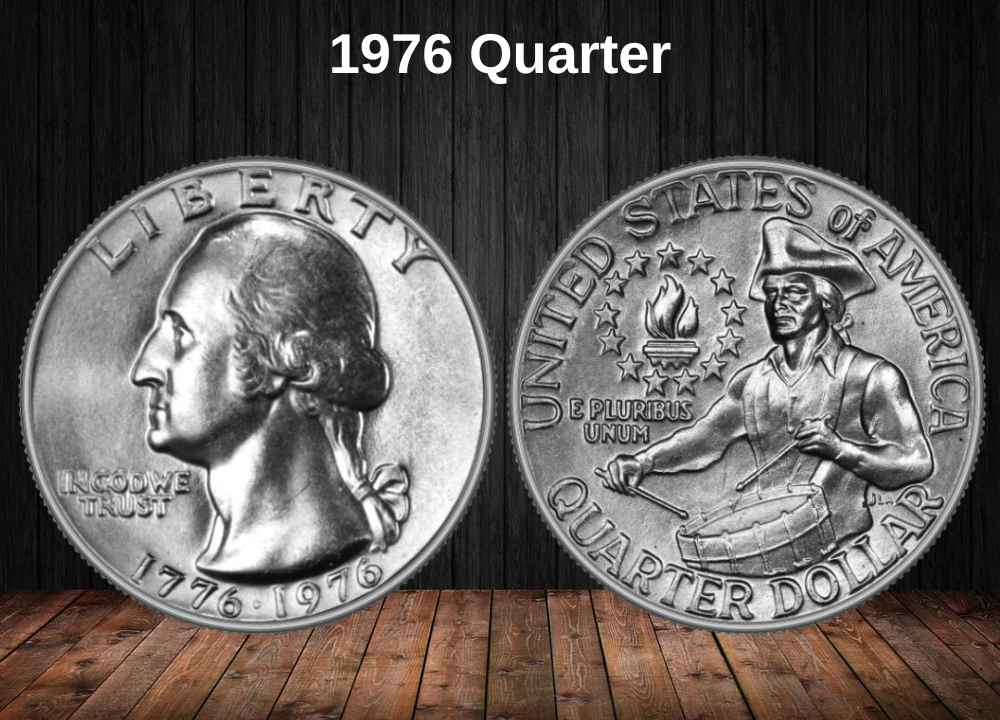The 1954 Washington Quarter reflects the optimism and expansion of post-war America. Struck during a period of strong economic growth following the Korean War, these coins symbolize both commercial demand and the enduring appeal of U.S. silver coinage.
By 1954, the Washington Quarter design by John Flanagan had already been in circulation for over two decades. Nearly 110 million quarters were struck across three mints—Philadelphia, Denver, and San Francisco—ensuring widespread availability for commerce. Yet, despite the large mintage, collector interest remains strong due to the coins’ 90% silver composition and their status as one of the last classic silver quarters before the transition to clad coinage in 1965.
Today, circulated 1954 quarters are generally worth just above their silver melt value, while high-grade Mint State examples and Proofs command significant premiums. Collectors especially value Cameo (CAM) and Deep Cameo (DCAM) Proofs, which showcase dramatic contrast and eye appeal.
1954 Quarter Value by Variety
| Type | Good | Fine | About Uncirculated (AU) | Mint State (MS) | Proof (PR) |
|---|---|---|---|---|---|
| 1954 (No Mint Mark – Philadelphia) | $6.00 | $6.17 | $7.00 | $19.83 | — |
| 1954-D (Denver) | $5.49 | $6.17 | $7.00 | $22.83 | — |
| 1954-S (San Francisco) | $6.00 | $6.17 | $7.00 | $20.17 | — |
| 1954 Proof (Philadelphia) | — | — | — | — | $27.62 |
| 1954 CAM Proof | — | — | — | — | $41.71 |
| 1954 DCAM Proof | — | — | — | — | $161.14 |
History of the 1954 Quarter
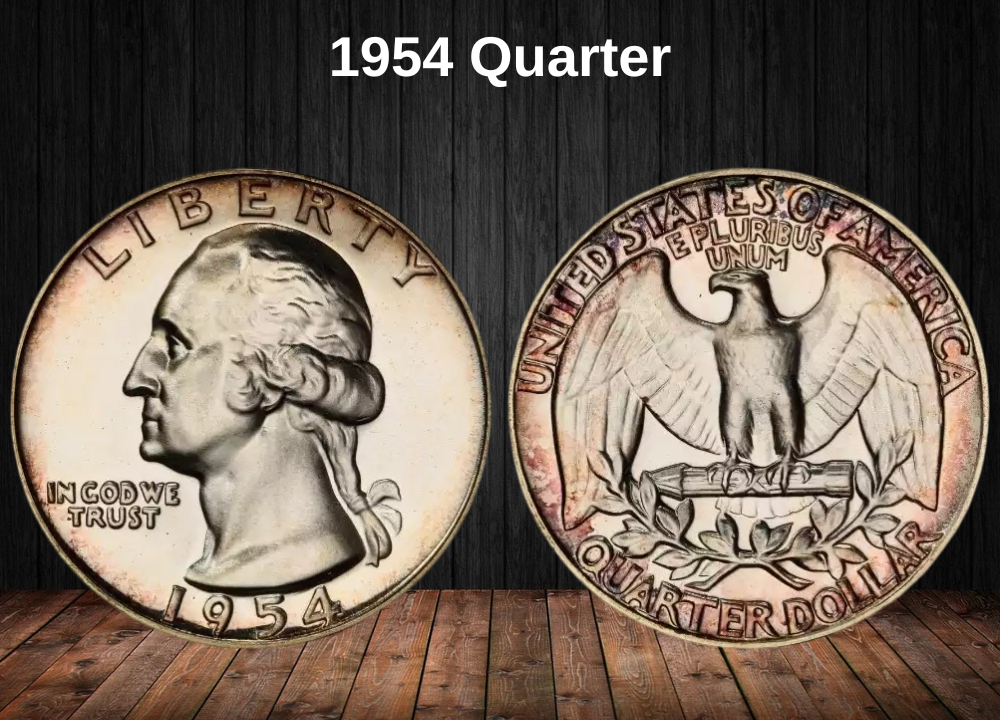
The 1954 Washington Quarter is part of the long-running series first issued in 1932 to commemorate the 200th anniversary of George Washington’s birth. While originally envisioned as a one-year commemorative design for the half dollar, the concept shifted to the quarter denomination—replacing the Standing Liberty Quarter—and quickly became a permanent fixture of U.S. coinage.
The coin’s obverse features a left-facing portrait of Washington by sculptor John Flanagan. His design was chosen despite strong support for artist Laura Gardin Fraser, whose work had initially been recommended by the bicentennial committee. Treasury Secretary Andrew W. Mellon preferred Flanagan’s simpler style, which was seen as more practical for mass production. Although Mellon’s decision was controversial, Flanagan’s portrait ultimately remained on the quarter for nearly a century.
In 1954, the Mint struck quarters at Philadelphia, Denver, and San Francisco, all in the classic 90% silver / 10% copper composition. This standard had been used since 1932 and remained in place until 1965, when rising silver prices forced a transition to copper-nickel clad coinage.
The 1954 issue reflects not just a piece of circulating currency but also a product of post-war economic expansion. With more than 100 million quarters struck across the three mints, these coins were essential to meet the needs of a booming U.S. economy while maintaining the long-standing tradition of silver coinage.
Interestingly, while Fraser’s design was sidelined in 1932, it eventually reappeared in 2022 with the American Women Quarters Program, providing a fitting historical balance to Flanagan’s long reign on the denomination.
Key Features of the 1954 Quarter
The 1954 Washington Quarter carries the timeless artistry of John Flanagan’s design while reflecting the prosperity and optimism of post-war America. As part of the last decade of traditional 90% silver coinage, its features embody both craftsmanship and practicality.
Obverse Design
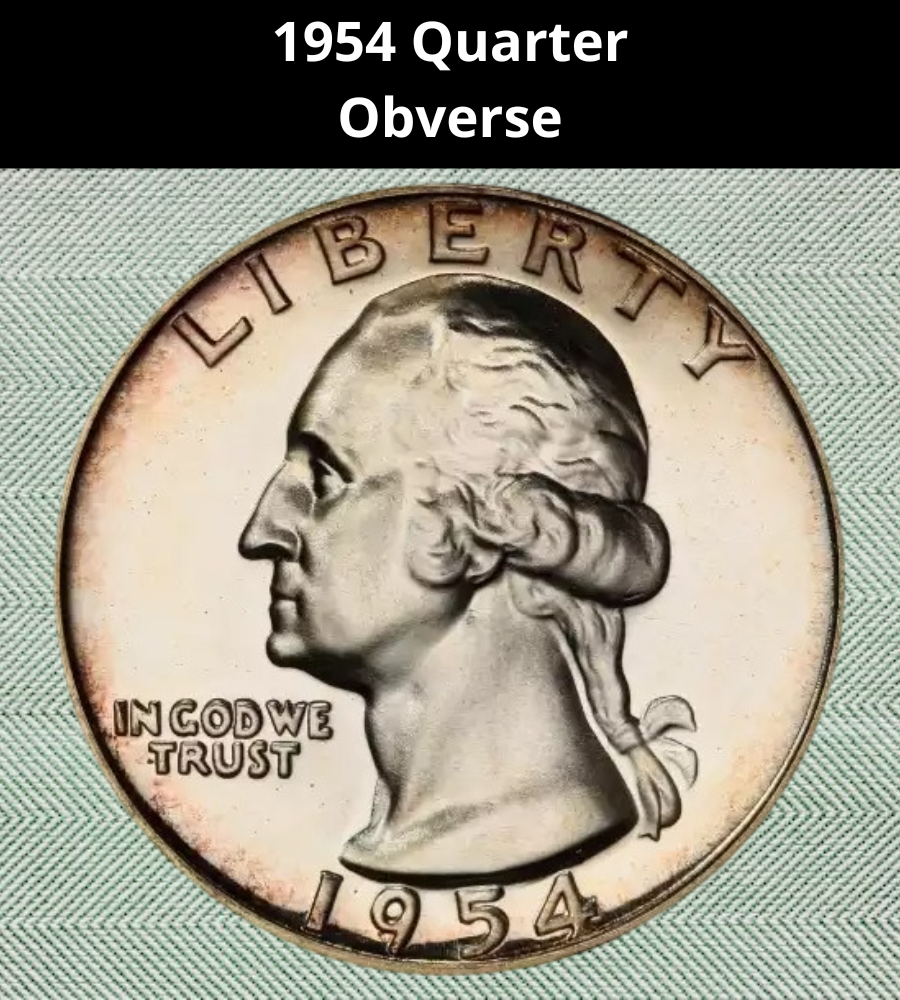
- Portrait: Left-facing bust of George Washington, designed by John Flanagan.
- Inscriptions:
- LIBERTY arches along the upper rim.
- IN GOD WE TRUST appears to the left of Washington’s neck.
- Date “1954” rests at the bottom rim.
- Designer’s initials: Flanagan’s “JF” placed discreetly on the truncation of Washington’s bust.
Reverse Design
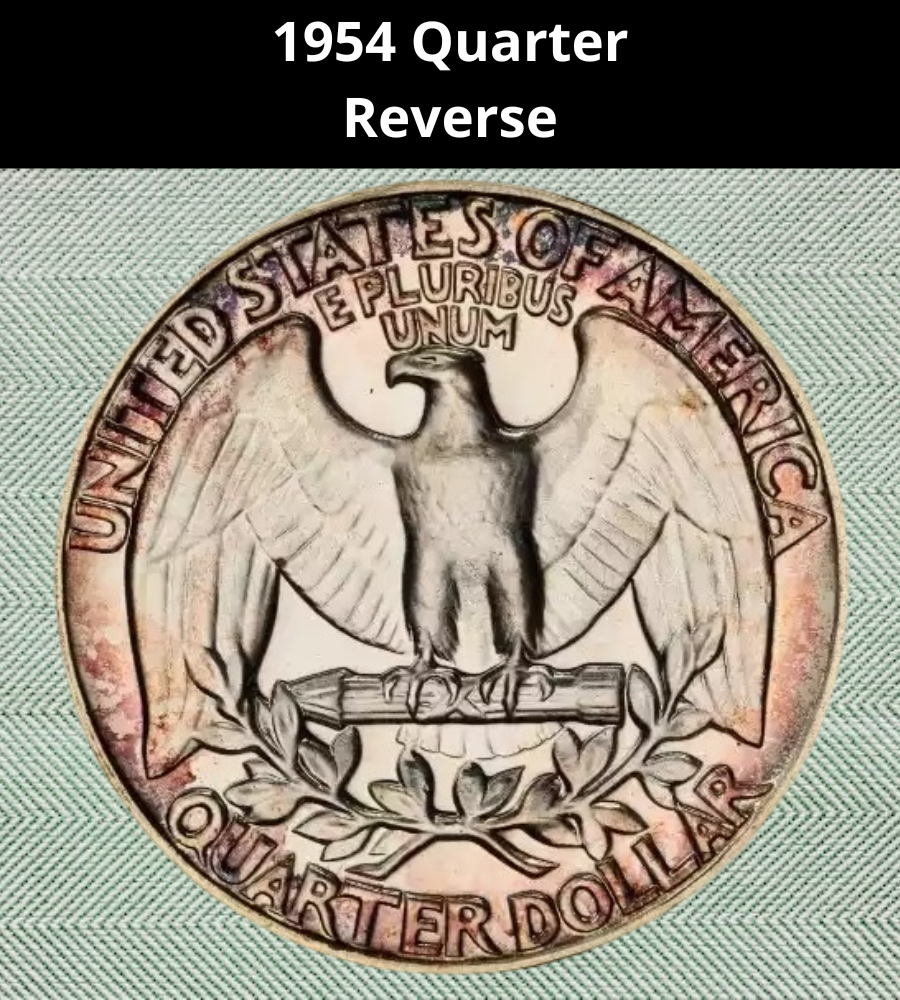
- Central image: A heraldic eagle with wings outstretched.
- Symbols:
- Arrows beneath the eagle’s talons, symbolizing strength and defense.
- Olive branch placed below, symbolizing peace.
- Inscriptions:
- UNITED STATES OF AMERICA along the top rim.
- E PLURIBUS UNUM above the eagle’s head.
- QUARTER DOLLAR curving along the lower rim.
- Mint marks:
- Philadelphia (no mint mark)
- Denver (D)
- San Francisco (S)
- Placement: beneath the olive branch on the reverse.
Technical Specifications
- Composition: 90% Silver, 10% Copper
- Weight: 6.25 grams (0.2009 troy ounces)
- Silver content: 5.62 grams (0.1808 troy ounces)
- Diameter: 24.3 mm (0.9567 in)
- Thickness: 1.75 mm (0.0687 in)
- Edge: Reeded (~119 reeds)
1954 Quarter Grading Guide
Understanding the grade of a 1954 Washington Quarter is essential for determining its value. Even minor differences in preservation can shift a coin’s worth from silver melt value to hundreds of dollars. The following guide highlights the key diagnostics at each grade level:
| Grade | Description | Key Details to Check | Approx. Value |
|---|---|---|---|
| Good (G–4) | Heavily circulated; major flattening | Washington’s hair and cheek flat; eagle’s breast and wings nearly smooth; legends readable but worn | ~$5.50–$6 |
| Fine (F–12) | Moderate wear; partial detail remains | Some hair strands visible above the ear; eagle’s wings outlined; motto and date sharp | ~$6–6.50 |
| About Uncirculated (AU–50 to AU–58) | Light wear on high points only | Most hair details intact; slight rub on cheek and eagle’s breast; strong luster still present | ~$7–12 |
| Mint State (MS–60 to MS–65) | No wear; some contact marks | Full feather and hair details; original luster intact; minor bag marks or toning acceptable | ~$20–100+ depending on mint |
| Gem Mint State (MS–66 and above) | Exceptional strike and surfaces | Bold, crisp hair strands; eagle feathers fully separated; minimal or no contact marks; premium eye appeal | $250–$1,000+ |
| Proof (PR / CAM / DCAM) | Special strikes with mirror fields | Regular proofs affordable; Cameo shows frosted devices; Deep Cameo extremely rare with dramatic contrast | $28 – $160+ |
1954 Quarter Value Guides
1954 No Mint Mark Quarter Value
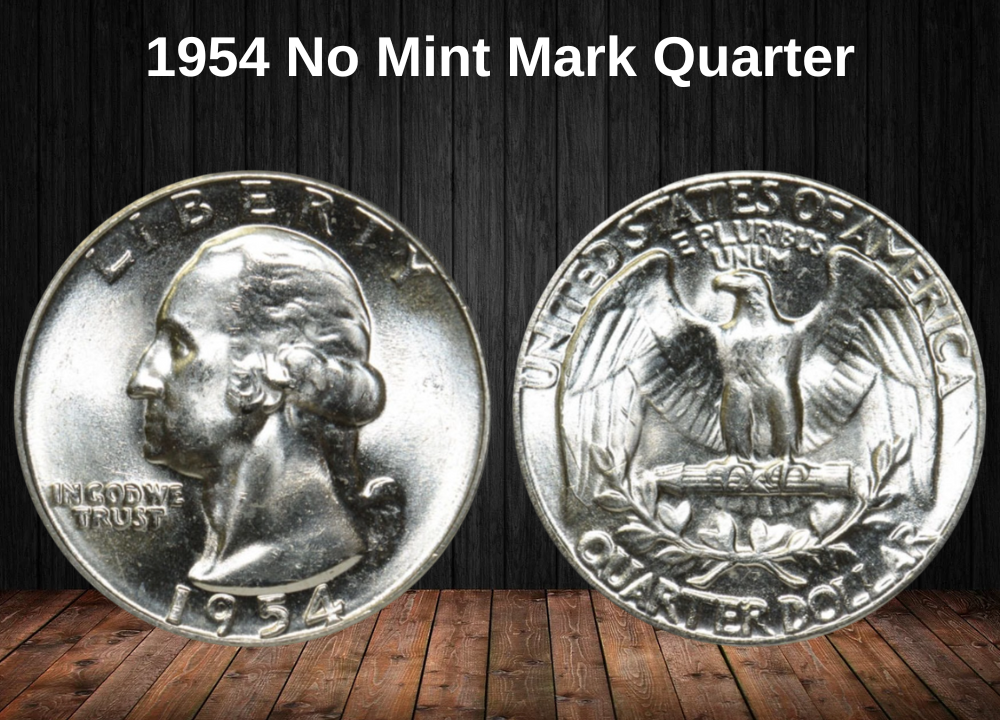
The 1954 Philadelphia Quarter represents a fascinating piece of mid-century U.S. coinage. Struck without a mint mark, as was customary for Philadelphia issues, it circulated during a period of economic optimism and industrial growth under President Eisenhower.
With over 54 million coins struck, these quarters were essential to America’s booming economy—flowing through supermarkets, gas stations, and the rapidly growing suburbs that defined post-war life. While common in circulated grades, high-end Mint State survivors are surprisingly scarce due to heavy commercial use, making them popular among registry collectors today.
1954 No Mint Mark Quarter Price/Grade Chart
| Grade | Approx. Value | Recent Auction Records |
|---|---|---|
| Good (G–4) | $6 | — |
| Fine (F–12) | $6.17 | — |
| About Uncirculated (AU–50) | $7 | — |
| Mint State (MS–65) | $94 – $192 | Dec 2022 (LM) – $94; Jul 2023 (SB) – $192 |
| MS–66 | $192 – $504 | Jul 2023 (SB) – $192; Apr 2025 (SB) – $504 |
| MS–67 | $225 – $1,620 | Dec 2022 (DL) – $225; Oct 2023 (HA) – $1,320; Aug 2023 (HA) – $1,620 |
1954-D Quarter Value
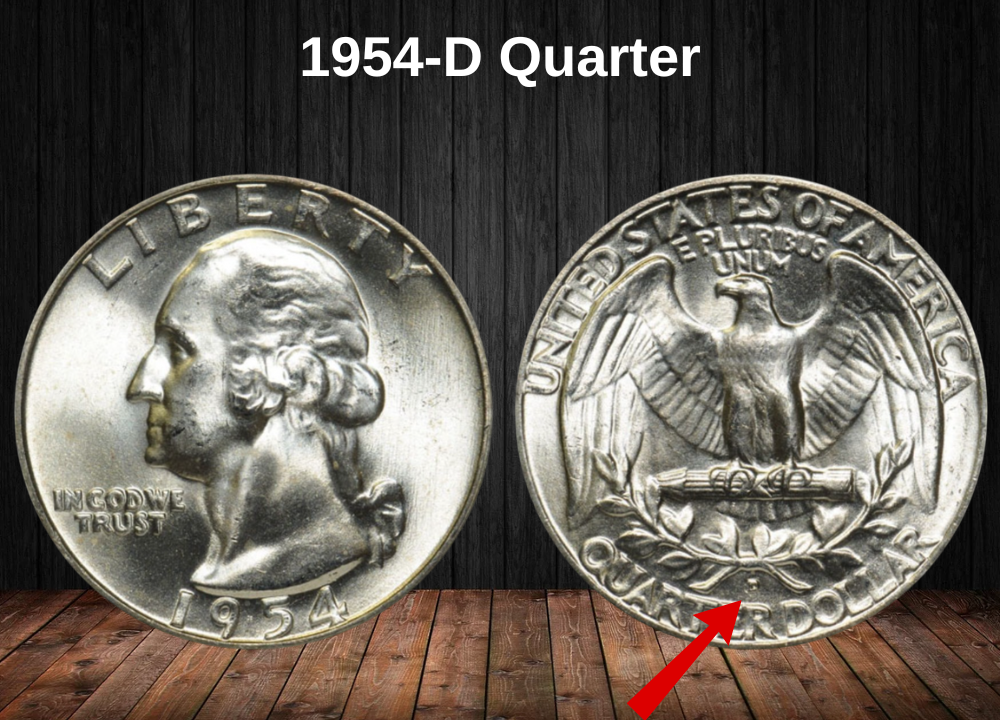
The 1954-D Washington Quarter, struck at the Denver Mint, represents one of the largest mintages of the year with over 42 million coins produced. Identified by the “D” mint mark beneath the eagle on the reverse, these quarters circulated widely across mid-century America during the Eisenhower era.
Denver was known for its precise striking quality in the 1950s, and many 1954-D examples exhibit sharp details and consistent luster. Collectors often appreciate subtle die variations and the overall reliability of Denver’s production compared to Philadelphia and San Francisco issues.
Although common in circulated grades, high-end Mint State specimens (MS66–MS67) have proven scarcer than expected, and when they appear at auction, they draw strong bidding.
1954-D Quarter Price/Grade Chart
| Grade | Approx. Value | Recent Auction Records |
|---|---|---|
| Good (G–4) | $5.49 | — |
| Fine (F–12) | $6.17 | — |
| About Uncirculated (AU–50) | $7 | — |
| Mint State (MS–65) | $25 – $114 | Jul 2022 (DL) – $25; Aug 2022 (HA) – $114 |
| MS–66 | $200 – $216 | Jul 2022 (HA) – $200; Jul 2022 (HA) – $216 |
| MS–67 | $360 – $1,920 | Apr 2024 (SB) – $360; May 2023 (HA) – $1,920; Nov 2022 (HA) – $408 |
1954-S Quarter Value
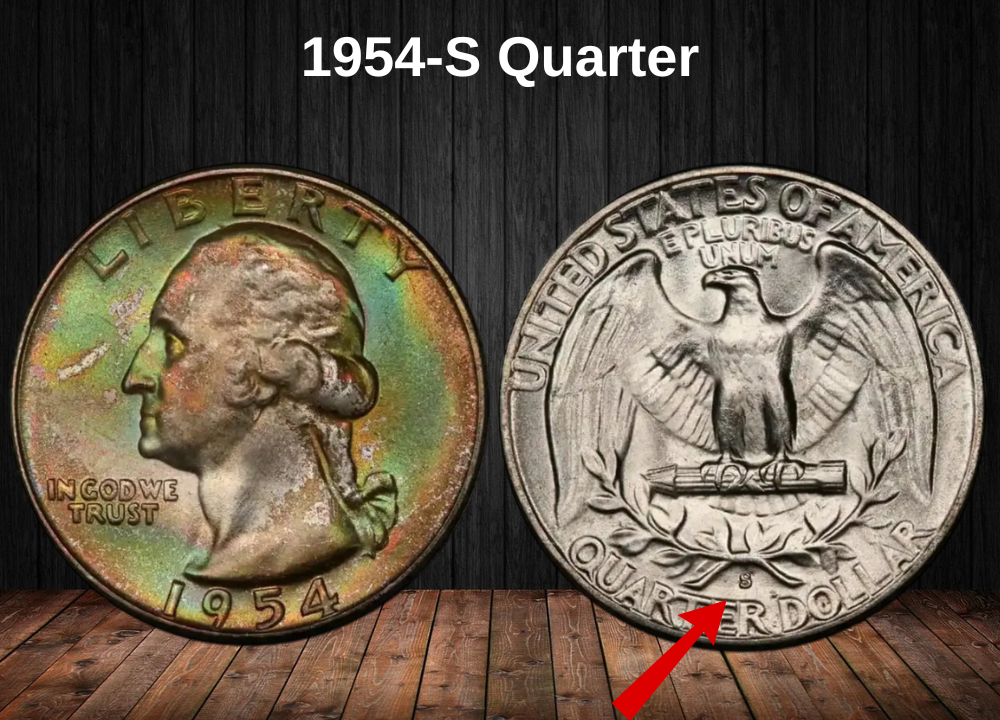
The 1954-S Washington Quarter holds a special place in numismatic history as the final San Francisco Mint issue of the series before the facility ceased regular quarter production in 1955. Bearing the distinctive “S” mint mark beneath the eagle, this West Coast coin represents not only circulating silver money but also the symbolic closing chapter of San Francisco’s role in Washington Quarter production.
With just under 12 million struck, the 1954-S was produced during the height of the Eisenhower era, when America was experiencing economic prosperity and cultural transformation. Collectors today see this issue as both a transitional artifact and a representative of San Francisco’s decades-long tradition of striking high-quality U.S. coinage.
While circulated examples remain accessible, high-grade Mint State coins (especially MS67 and MS68) are far more difficult to locate, commanding strong premiums at auction due to both historical importance and relative scarcity.
1954-S Quarter Price/Grade Chart
| Grade | Approx. Value | Recent Auction Records |
|---|---|---|
| Good (G–4) | $6 | — |
| Fine (F–12) | $6.17 | — |
| About Uncirculated (AU–50) | $7 | — |
| Mint State (MS–64) | $432 | Jun 2024 (SB) – $432 |
| MS–66 | $382 – $470 | Nov 2023 (LM) – $382; Nov 2023 (LM) – $470 |
| MS–67 | $96 – $168 | Apr 2024 (SB) – $96; Jan 2025 (SB) – $168 |
| MS–68 | $1,860 | Nov 2023 (HA) – $1,860 |
1954 Proof Quarter Value
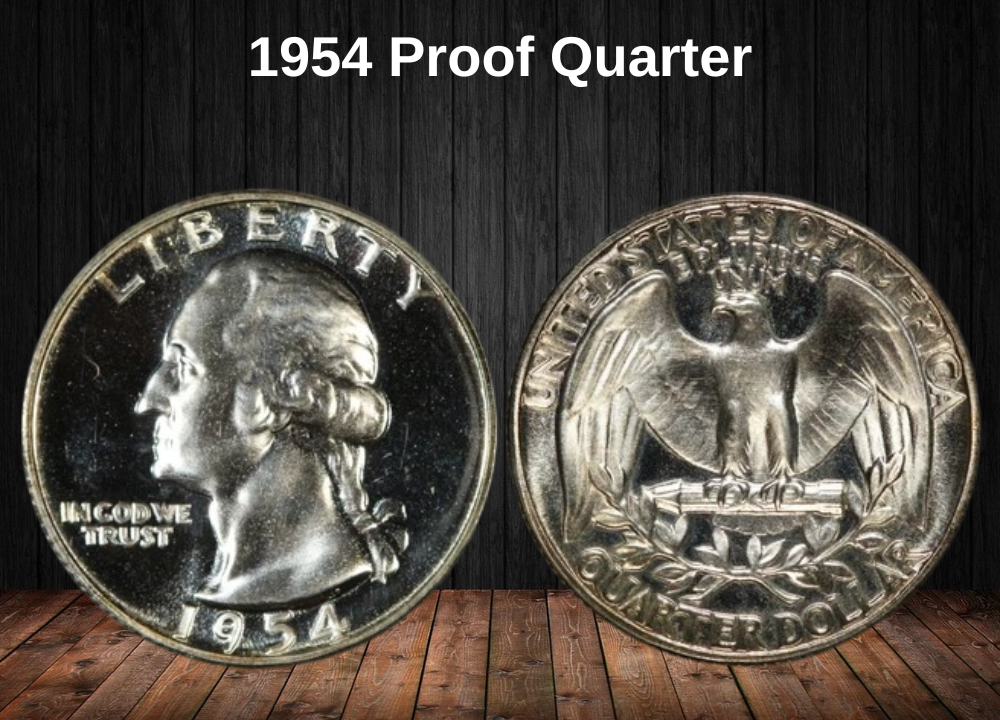
The 1954 Proof Washington Quarter represents the height of mid-century U.S. Mint craftsmanship, struck at Philadelphia during the prosperous Eisenhower era. Produced exclusively for collectors, these coins were carefully struck on polished planchets with specially prepared dies, yielding the mirror-like fields and razor-sharp details that distinguish proofs from circulation strikes.
With a total mintage of 233,000 pieces, the 1954 Proof Quarter was one of the most widely distributed proof issues of its time, reflecting the growing post-WWII interest in proof sets. While the mintage makes them relatively accessible today, gem-quality proofs and higher-grade examples continue to attract strong collector demand.
This issue also serves as the foundation for the 1954 Cameo (CAM) and Deep Cameo (DCAM) varieties, where frosted design elements provide exceptional visual contrast against mirrored backgrounds.
1954 Proof Quarter Price/Grade Chart
| Grade | Approx. Value | Recent Auction Records |
|---|---|---|
| PR65 | $31 | Mar 2023 (DL) – $31 |
| PR66 | $35 – $231 | Apr 2022 (DL) – $35; Jun 2022 (DL) – $231 |
| PR67 | $50 | May 2022 (DL) – $50 |
| PR68 | $45 – $288 | Jul 2024 (SB) – $45; Aug 2022 (HA) – $288; Feb 2022 (HA) – $94 |
| PR69 | $234 – $264 | Apr 2022 (HA) – $234; Nov 2022 (HA) – $264 |
1954 CAM Quarter Value
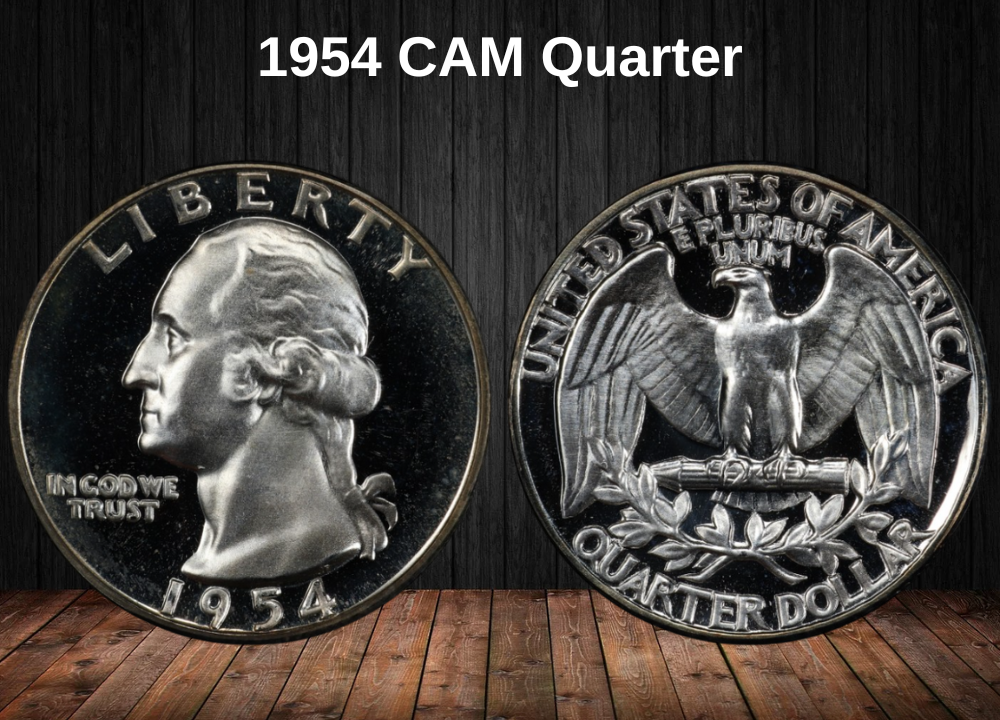
The 1954 Cameo (CAM) Proof Quarter highlights the Philadelphia Mint’s peak artistry of the Eisenhower era. Unlike standard proofs, these coins feature frosted design elements that contrast dramatically against deeply mirrored fields, creating a bold cameo effect that elevates their visual appeal far above typical proofs.
From the original proof mintage of 233,000 pieces, only about 37,500 are estimated to display strong cameo contrast—roughly 16% of the total. This relative scarcity ensures that cameo-designated quarters bring substantial premiums across all grade levels.
On well-preserved examples, Washington’s frosted portrait appears to almost float above the reflective background, while the reverse eagle gleams with the same three-dimensional effect. This combination of artistry and rarity transforms these coins into some of the most sought-after mid-century Washington proofs.
1954 CAM Quarter Price/Grade Chart
| Grade | Approx. Value | Recent Auction Records |
|---|---|---|
| PR67 CAM | $61 – $94 | Feb 2023 (HA) – $61; Nov 2022 (HA) – $94 |
| PR68 CAM | $129 – $186 | Jun 2023 (HA) – $129; Apr 2023 (DL) – $186; Nov 2022 (HA) – $139 |
| PR69 CAM | $360 – $384 | Jun 2023 (HA) – $360; May 2022 (HA) – $384 |
1954 DCAM Quarter Value
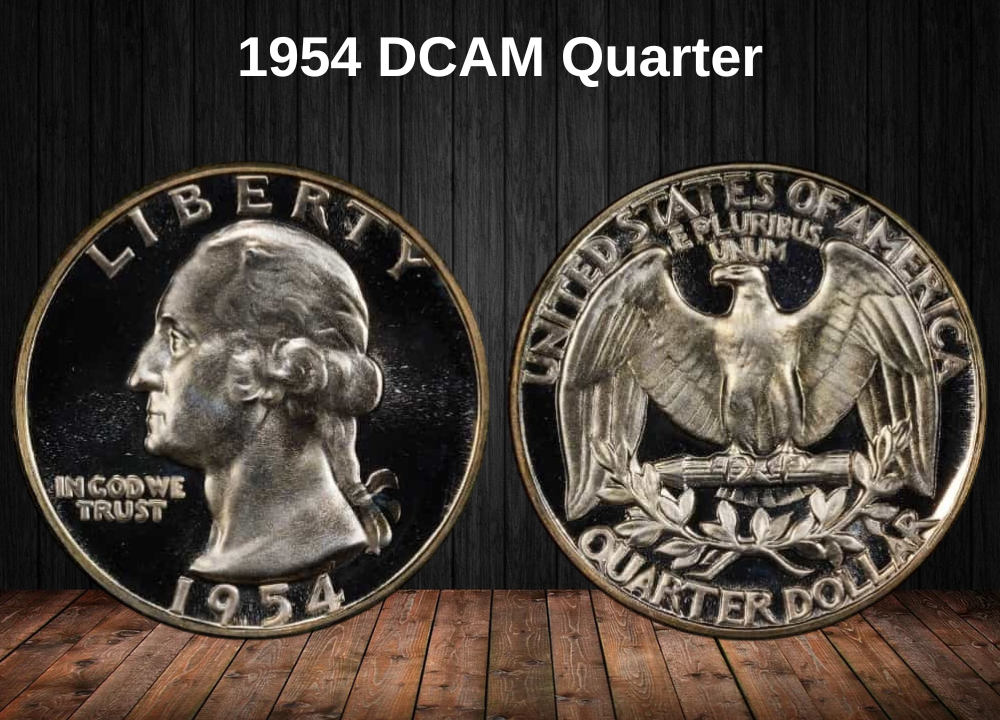
The 1954 Deep Cameo (DCAM) Proof Quarter represents the ultimate achievement in Washington quarter production during the Eisenhower era. These coins display extreme cameo contrast, with frosted portraits and eagles that appear sculpted in relief against intensely mirrored fields. The result is a breathtaking three-dimensional effect that elevates the coin far beyond standard proofs.
What makes the 1954 DCAM so extraordinary is its severe rarity. From a proof mintage of over 233,000, only about 3,500 quarters (≈1.5%) display the exceptional quality necessary for Deep Cameo designation. This rarity, combined with stunning eye appeal, has positioned 1954 DCAM quarters as the most coveted variety of the year, often setting auction records.
1954 DCAM Quarter Price/Grade Chart
| Grade | Approx. Value | Recent Auction Records |
|---|---|---|
| PR65 DCAM | $156 | Dec 2020 (HA) – $156 |
| PR67 DCAM | $325 – $576 | Feb 2021 (HA) – $325; Apr 2024 (SB) – $576 |
| PR68 DCAM | $840 – $1,920 | Mar 2021 (SB) – $840; Jul 2023 (HA) – $1,440; Jun 2024 (SB) – $1,920 |
| PR69 DCAM | $3,360+ | Jan 2021 (HA) – $3,360 |
Rare 1954 Quarter Error List
1. 1954 (P) No Mint Mark Quarter – Struck on a 5 Cent Planchet
One of the most fascinating minting errors from 1954 occurred at the Philadelphia Mint, where a Washington quarter was accidentally struck on a 5-cent nickel planchet instead of the standard quarter planchet.
Because the nickel blank was both smaller in diameter and lighter in weight (4.9 g instead of the standard 6.3 g), the quarter design could not fully fit. This resulted in significant portions of the design being cut off around the edges—an obvious misalignment that immediately sets this coin apart from normal issues.
Key Characteristics
- Wrong Planchet: Struck on a nickel (5¢) blank rather than a quarter planchet.
- Weight: ~4.9 grams (instead of 6.3 g).
- Diameter: Slightly smaller than standard quarter size.
- Appearance: Parts of Washington’s portrait and reverse eagle extend beyond the coin’s edges.
Collector Insight
Wrong planchet errors are very rare, and those involving silver quarters from the 1950s are even scarcer. This mistake is highly prized among error coin specialists, combining both historical intrigue and strong market demand.
2. 1954 (P) No Mint Mark Quarter – Struck on a Dime Planchet
Another remarkable error from 1954 at the Philadelphia Mint involved a Washington quarter struck on a dime planchet instead of its proper blank. Because the dime planchet was both smaller in diameter and lighter in weight, the quarter design could not be fully contained within the coin’s surface.
This misstrike produced highly visible distortions, most notably on the obverse, where Washington’s head presses against the upper rim and part of the national motto was lost. The word “IN” from “IN GOD WE TRUST” is completely missing, making this one of the easiest mint errors to identify without magnification.
Key Characteristics
- Wrong Planchet: Struck on a dime blank.
- Weight: ~2.5 g (instead of 6.3 g for a standard quarter).
- Diameter: Reduced, matching that of a dime (~17.9 mm).
- Appearance: Portions of the design cut off, including the missing “IN” from the motto.
Collector Insight
Wrong planchet errors like this are extremely scarce, especially from the silver Washington quarter era. The fact that an entire part of the motto is missing makes this error especially desirable among error specialists and Washington quarter collectors.
Where to Sell Your Quarter Coin?
Now that you know the value of your quarter, the next step is deciding where to sell it. There are several trusted options—both online and in person—that can help you get the best price depending on your coin’s rarity and condition.
To see the full list of recommended places, along with their advantages and disadvantages, check our complete guide on where to sell your quarter coins.
FAQ About the 1954 Washington Quarter
1. Why is the 1954 Quarter significant for collectors?
The 1954 Washington Quarter was struck in 90% silver and belongs to the postwar silver coinage era. While not a key date, it represents mid-20th century U.S. coinage stability and is part of the collectible run of pre-1965 silver quarters.
2. Which mints produced the 1954 Quarter?
It was minted at Philadelphia (no mint mark), Denver (“D”), and San Francisco (“S”). The 1954-S had the lowest mintage, making it more desirable in higher Mint State grades.
3. Are there notable errors or varieties for the 1954 Quarter?
Yes. Collectors look for Repunched Mintmarks (RPMs) on the Denver and San Francisco issues. There are also doubled die obverse varieties, off-center strikes, and clipped planchets known for this year.
4. How much is a 1954 Quarter worth today?
Most circulated examples are valued at $5–$15, close to silver melt value. Mint State coins (MS65) typically range from $75–$200, while superb gems (MS67+) can bring $1,000 or more. Scarce RPMs or doubled die varieties may command higher premiums.
5. What should collectors look for in a 1954 Quarter?
Collectors should check for sharp details in Washington’s curls and the eagle’s breast feathers. The San Francisco issue should be carefully examined for RPMs. Coins with strong original luster, attractive toning, and no evidence of cleaning are far more valuable. Professional certification (PCGS or NGC) is recommended for high-grade or variety coins.

